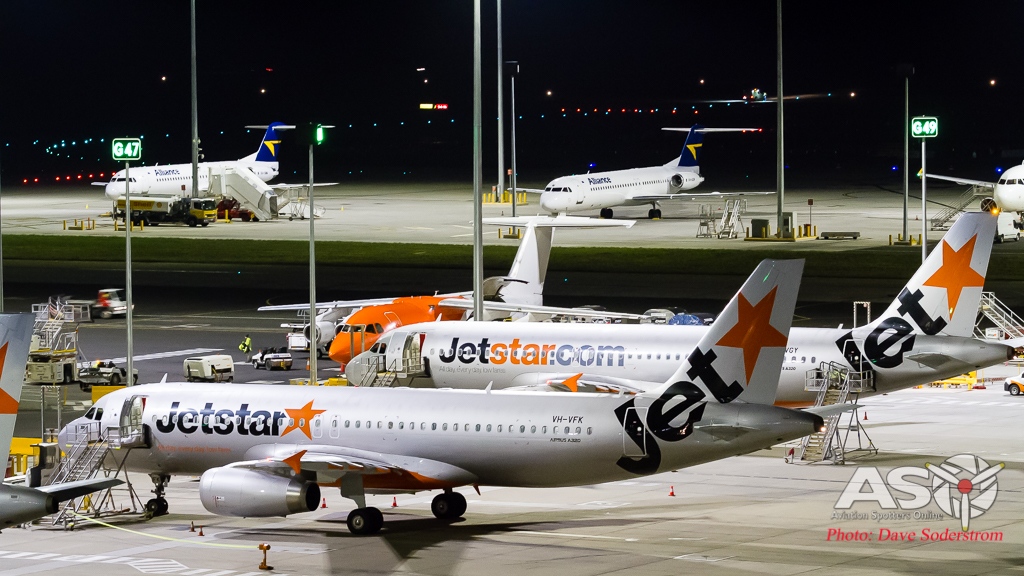

Fifty years is a major milestone for anyone to reach.
This year, Melbourne airport, will reach that milestone on July 1st 2020. Known locally as Tullamarine Airport, it is the main domestic and international airport servicing the state of Victoria. Melbourne airport is located some 23 kilometres North West of the city centre, adjacent to the suburb of Tullamarine. The name Tullamarine, is derived from the Aboriginal indigenous name Tullamareena.
Today Melbourne airport is the second largest airport in Australia, and second only to Sydney’s Kingsford Smith Airport. Prior to the Covid-19 outbreak the airport was seeing more than 1,100,000 international passengers per month, along with over a staggering number of 2,191,074 domestic passengers.
In 2018, the Melbourne airport corporation agreed after a long community consultancy project to spend A$3.5bn on a redevelopment plan that includes the construction of a new runway, an expanded international terminal, that includes a transport hub, in an effort to meet the increase in passenger traffic expected for the coming decades. The construction of a new parallel north-south runway will be built to the west of the airport.

Melbourne Airport layout (Wikipedia image)
Creating a new airport
Before Melbourne airport was built, Melbourne’s main airport and international hub was Essendon Airport. Today, many know it as Essendon Fields Airport. It was designated an international airport in 1950, and with increasing advancements in aircraft technology that made air travel accessible for many, the mid-1950’s would see well over 10,000 passengers visiting Essendon Airport per annum.
It was soon clear that there were limitations at the airport, with its dated facilities unable to meet the increasing demand for the increasing passenger volumes into Melbourne. With the uptake in jet travel it was identified that the runways were too short to handle the new generation of passenger jets coming on line, and the terminals were simply to small too handle the increase in passengers numbers. It was recognised that the airport simply could not be expanded, as it had become surrounded by residential districts around the airport perimeter.
A search was soon initiated for a replacement for Essendon airport, and this study for a replacement commenced in February of 1958. The year 1959 witnessed a suitable site found with the Commonwealth Government acquiring some 13,000 acres of what was then grassland in the then-rural area of Tullamarine. An interesting side-note, the site the airport was built on was used during the period of the 1920’s and 40’s as an alternate landing site for aircraft that utilised Essendon Aerodrome in case the airfield was bombed.
On the 27th of November 1962, Prime Minister Sir Robert Menzies announced that a five-year plan was in place to provide Melbourne with a A$45 million “jetport” by 1967. The first soil to be moved at the Tullamarine site was done two years later in November 1964
As the new airport was several years away from being an complete and active airport, the Menzies government went ahead and expanded the runways at Essendon to handle larger aircraft. During this time period, Australia’s major domestic carriers, Ansett-ANA, took delivery of their first Boeing 727 on October 16, wearing the registration of VH-RME and flown by Captain A Lovell, and in turn, was followed quickly behind by the also brand new TAA 727, VH-TJA that was commanded by Captain D A Winch.
TAA VH-TJA a Boeing 727-76 touches down at Essendon Airport. (Historic Australian Aircraft Image)

VH-RME a Boeing 727-77 when operated by Ansett-ANA. It is seen not long after its delivery. (Peter Sweeten via-Historic Australian Aircraft Image)
It was on the 1st of July 1970, Prime Minister John Gorton opened Melbourne Airport to international operations ending Essendon’s near two decade run as Melbourne’s international airport. Essendon was still to continue domestic flights for one more year, until these too were transferred to Tullamarine on the 26th of June 1971.
In the first year of operations, Melbourne handled six international airlines and moved some 155,275 international passengers. If only they knew then how large these figures would become some 50 years later.

70’s Boeing jets at Melbourne. A Lan Chile, 707, prepares to depart, with a Singapore Airlines 707 pushing back as well. A Qantas 747-238 awaits its next customers.

Airlines of Northern Australia, was an affiliate airline of Ansett. One of the airlines Fokker F-27s VH-MMO is seen in its striking livery. (Historic Australian Aircraft Image)
On opening, Melbourne Airport was designed around three terminals connected by the International terminal in the centre. Ansett took control of the Southern terminal and Trans Australia Airlines the Northern. The airport was designed around capacity to handle eight Boeing 707s with a rate of 500 passengers per hour.
It wasn’t long before minor expansion was needed in 1973 to handle the Boeing 747s then entering service with the worlds major airlines. By the late 1980s peak passenger flows at the airport had reached 900 per hour, causing major congestion.

Airlines of NSW, Fokker F27 VH-FCF. Seen departing from Melbourne. (Historic Australian Aircraft Image)

Air New Zealand’s ZK-NZE. A DC-8-52 – in its final livery at Melbourne Tullamarine Airport.
This short video shows some of the earlier days at the airport.
The public were invited to inspect the terminal building during the weekend of 27-28 June 1970, one week before the official opening. And Melbournian’s flocked to see Australia’s newest Airport. Over 80,000 people visited causing traffic to become so congested along the Tullamarine Freeway that many cars were turned back. Tullamarine’s opening weekend was “the biggest public attraction since Victoria’s Art Centre” opened in August 1968.
The airport was designed with two intersecting runways. The North-South runway is 3,657 m (11,998 ft) and the second one at 2,286 m (7,500 ft) goes East to west. The North-South runway is numbered 16-34 and the East-West 27-09.
Over the years the airport has seen a lot of airlines come and go. Some merged with other airlines and some went into the sunset. Airlines long gone, include Pan Am, KLM, Austrian Airlines, British Airways, Korean Airlines, Lauda Airlines, VIVA and Air Mauritius. This doesn’t include local operators such as, Australian Airlines, Ansett, Kendall, Compass, Hazelton and IPEC.
When initially built the aircraft had aircraft spotting decks which allowed people to wave hello and good bye to loved ones and for aviation lovers to enjoy some close airliner action. Sadly this was closed as the airport grew. Several photos in this article were taken from the deck.
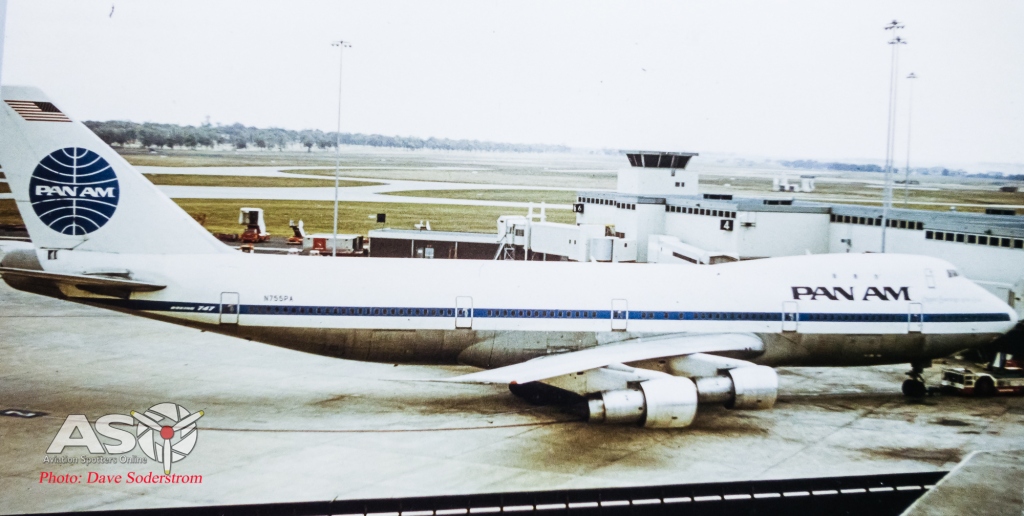
PAN AM’s 747-121 N755PA is seen at the international terminal in the early 1980’s.
Trans Australian Airlines Boeing 727-236 VH-TBJ taxies in to Melbourne. (Historic Australian Aircraft Image)

Even the ever graceful Concorde graced Melbourne on a few occasions. G-BOAC, came to Melbourne on a proving flight in August 1975. British Airways had hopes of establishing a Concorde service to Melbourne via Bahrain and Singapore, but unfortunately it never proceeded beyond Singapore. (Keith Gaff Image)

Regulars at Melbourne were the Ansett operated ATL-98 Carvairs. VH-INK is seen parked up awaiting disposal from the fleet. (Historic Australian Aircraft Image)

Hawdon as seen when suspended above the carpark. (Pintrest Image)
Also of considerable change is the types of aircraft. With notable types like the 727, DC-9, F-27, F-28, DC-8, 707, Carvair, Argosy, A300 are all now faded into the pages of history.
In 1979 the airport decided to host a Douglas DC-3 which was suspended within the carpark. Ex TAA DC-3 VH-AES or Hawdon as it is known. It was restored in its original TAA colour scheme in front of the TAA passenger terminal which is today, the Qantas domestic terminal. Hawdon remained there until mid-1987 when it was taken down for restoration to flying condition, and today remains so loaned to the Historical Aircraft Restoration Society (HARS).
The airport played host to an Open Day in 1985. This open day was very well attended with aircraft from the airlines, defence, supported by heritage, and vintage aircraft. The gallery below was taken by my father when I was a young enthusiastic aircraft buff. The line up for the event included rarities like the original Dh.88 Comet, G-ACSS Grosvenor House. This aircraft won the 1934 MacRobertson Air Race.
This was a long distance multi-stage journey from the United Kingdom to Australia. Ansett Airlines, had an example of nearly every type than in service on display for visitors to inspect. The event was well supported and attached a large number of visitors to the event.
1988 saw, the Australian Government formed the Federal Airports Corporation (FAC). Which then placed Melbourne Airport under the operational control of the new corporation along with twenty one other airports around the nation.
1994, saw anther change, with the Labour Keating Government announcing that all airports operated by the FAC would be privatised. Melbourne Airport was included in the first phase, being acquired by the newly formed Australia Pacific Airports Corporation Limited for $1.3 billion. The transfer was completed on 30 June 1997 on a 50-year long-term lease, with the option for a further 49 years.
Another big change came about in December 2000. The fourth passenger terminal opened for use by the low cost airlines. Tiger Air and Jetstar were both to use it for a period.

Olympic Airways was a regular to Melbourne up until the airline ceased operations. Airbus A340-313X SX-DFC is seen at Melbourne in 2001. (Historic Australian Aircraft Image)

AJT Air International was a Russian Airline which collapsed in 2002. The airline flew a mix of these IL-86s and TU-54s. IL-86, RA-86118 visited Melbourne in November 2001. (Historic Australian Aircraft Image)

VH-OEJ, the final Boeing 747 in the QANTAS fleet, is seen landing on runway 34.
Melbourne Airport today
Melbourne Airport today is owned and operated by Australia Pacific Airports (APAC), which also owns Launceston airport. APAC acquired the lease for Melbourne Airport in July 1997. Both Melbourne and Launceston airports are operated under a 50-year long-term lease from the Federal Government, with an option for a further 49 years.
Today Melbourne Airport is one of four airports now receiving passenger flights in Victoria, Avalon and Essendon Fields, Moorabbin are the others. In terms of flights operated to and from the airport it is the second busiest in Australia with Sydney the busiest. The Airport operates 24 hours a day and handles more than 35 million passengers per year. A reason for the high numbers is the Melbourne–Sydney air route is the third most-travelled passenger air route in the world.
The airport consists of four terminals. One international terminal, two domestic terminals, split between QANTAS and Virgin Australia and one budget domestic terminal for Jetstar & Tiger Airways.

Melbourne was the home base for Tiger Airways. Sadly another airline which will fade away into history.

See from the beautiful wing of VH-AES the ex TAA DC-3 shows the start of runway 27.

A screenshot summery of the routes airlines operate to and from Melbourne Airport.
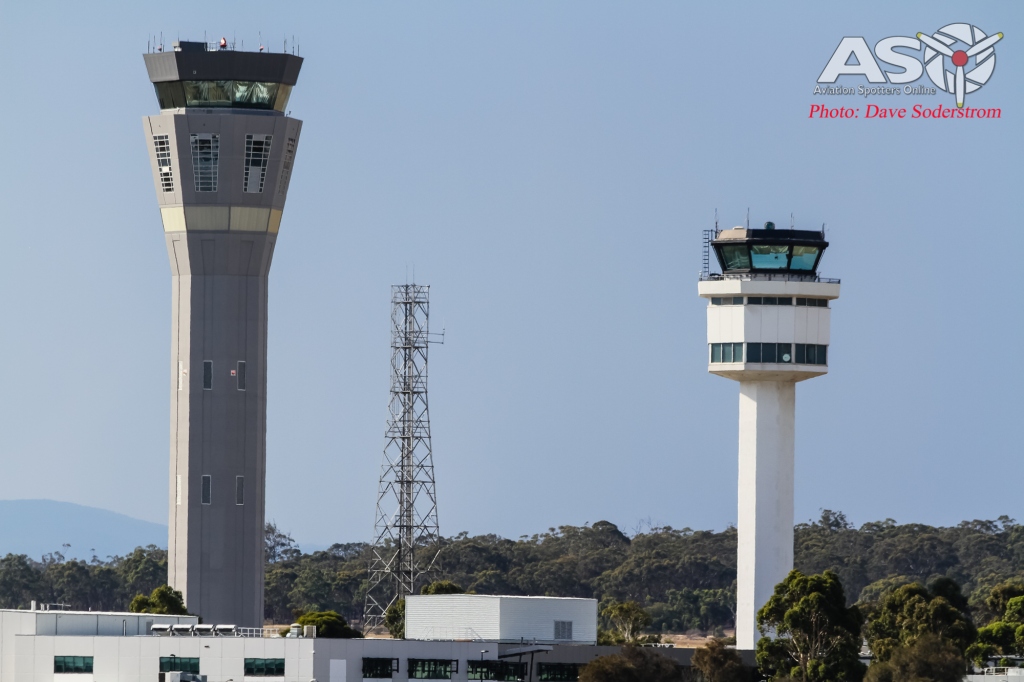
New and old control towers side by side.
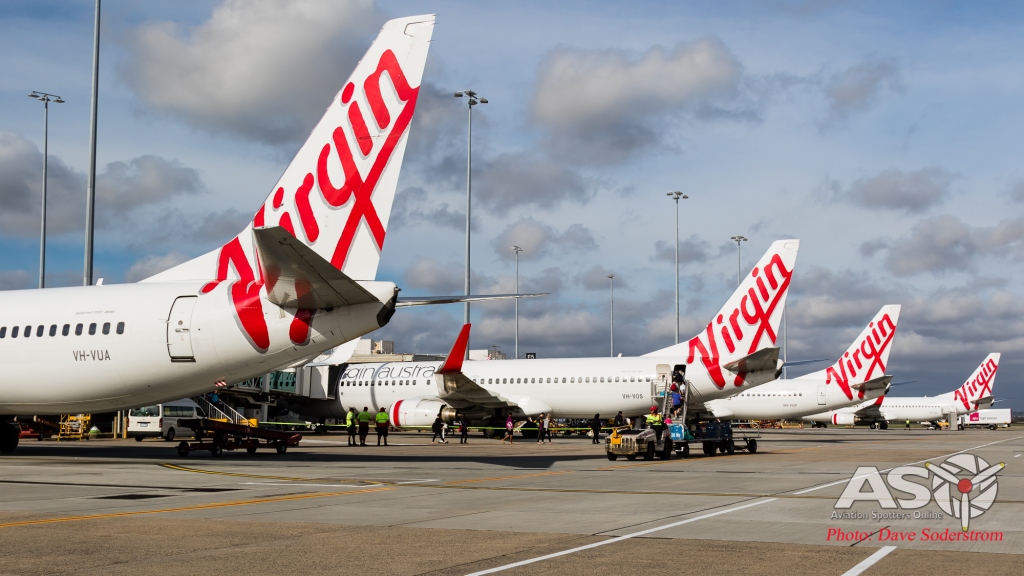
Virgin Australia 737s lined up at the gate.

Two of QANTAS’s Aboriginal themed aircraft cross paths.

Incidents at Melbourne Airport.
Thankfully incidents at Melbourne have been minimal. With only two incidents of note so far. A record the airport should be proud of in this day of high density air travel.
- On the 29th May 2003, A Boeing 717 owned by QantasLink, took off as Flight 1737 from Melbourne to Launceston Airport was subjected to an attempted hijacking shortly after takeoff. The hijacker, a passenger named David Robinson, intended to fly the aircraft into the Walls of Jerusalem National Park, located in central Tasmania. The flight attendants and passengers successfully subdued and restrained the hijacker, and the aircraft returned to Melbourne.
- On the 20th March 2009, Emirates Airline Flight 407, an Airbus A340-500 A6-ERG, was taking off from Melbourne Airport on Runway 16 for a flight to Dubai International Airport and failed to become airborne in the normal distance. When the aircraft was nearing the end of the runway, the crew commanded nose-up sharply, causing its tail to scrape along the runway as it became airborne, during which smoke was observed in the cabin. The crew dumped fuel and returned to the airport. The damage caused to the aircraft was substantial. The aircraft damaged a strobe light at the end of the runway as well as an antenna on the localiser, which led to the ILS being out of service for some time causing some disruptions to the airport’s operation.

With its tail covered in white tape, A6-ERG prepares to depart back to Dubai.
Airlines servicing Melbourne.
Today the domestic airlines which serve the airport flying to destinations like Sydney, Brisbane, Perth, Adelaide, Hobart, Canberra, Mildura, Launceston and Toowoomba are limited with the major airlines operating the most flights and types. With domestic aircraft like the A330, 737, 717, Dash-8, ATR and E170 seen regularly.
Destinations flown to and from Melbourne include:
| Air Canada | Vancouver |
| Air China | Beijing–Capital |
| Air India | Delhi |
| Air New Zealand | Auckland, Christchurch, Queenstown, Wellington |
| Air Vanuatu | Port Vila |
| Airnorth | Toowoomba Wellcamp |
| Beijing Capital Airlines | Qingdao |
| Cathay Pacific | Hong Kong |
| Cebu Pacific | Manila |
| China Airlines | Taipei–Taoyuan |
| China Eastern Airlines | Shanghai–Pudong |
| China Southern Airlines | Guangzhou, Shenzhen |
| Emirates | Dubai–International, Singapore |
| Etihad Airways | Abu Dhabi |
| Fiji Airways | Nadi |
| Garuda Indonesia | Denpasar, Jakarta–Soekarno-Hatta |
| Hainan Airlines | Changsha, Haikou |
| Japan Airlines | Tokyo–Narita |
| Jetstar Airways | Adelaide, Auckland, Ayers Rock, Ballina, Bangkok–Suvarnabhumi, Brisbane, Cairns, Christchurch, Darwin,
Denpasar, Gold Coast, Ho Chi Minh City,Hobart, Honolulu, Launceston, Newcastle, Perth, Phuket, Proserpine,Queenstown, Sunshine Coast, Sydney, Townsville |
| LATAM Chile | Santiago de Chile |
| Malaysia Airlines | Kuala Lumpur–International |
| Malindo Air | Denpasar, Kuala Lumpur–International |
| Philippine Airlines | Manila |
| Qantas | Adelaide, Alice Springs, Auckland, Brisbane, Broome, Cairns, Canberra,
Christchurch, Darwin, Denpasar, Gold Coast, Hamilton Island, Hobart, Hong Kong, London–Heathrow, Los Angeles, Perth, San Francisco, Singapore, Sydney, Tokyo–Haneda,Wellington |
| Seasonal: Kingscote, Queenstown | |
| QantasLink | Canberra, Devonport, Launceston, Mildura |
| Qatar Airways | Doha |
| Regional Express Airlines | Albury, Burnie–Wynyard, King Island, Merimbula, Mildura, Mount Gambier, Wagga Wagga |
| Royal Brunei Airlines | Bandar Seri Begawan |
| Scoot | Singapore |
| Sichuan Airlines | Chengdu, Guiyang |
| Singapore Airlines | Singapore, Wellington |
| SriLankan Airlines | Colombo–Bandaranaike |
| Thai Airways | Bangkok–Suvarnabhumi |
| Tianjin Airlines | Chongqing |
| Tigerair Australia | Adelaide, Brisbane, Cairns, Canberra, Gold Coast, Hobart, Perth, Sydney |
| United Airlines | Los Angeles, San Francisco |
| Vietnam Airlines | Ho Chi Minh City |
| Virgin Australia | Adelaide, Auckland, Brisbane, Cairns, Canberra, Christchurch, Darwin,
Denpasar,Gold Coast, Hamilton Island, Hobart, Launceston, Los Angeles, Mildura, Nadi, Newcastle, Perth, Queenstown, Sunshine Coast, Sydney |
| Seasonal: Kununurra | |
| Virgin Australia Regional Airlines | Kalgoorlie–Boulder |
| XiamenAir | Hangzhou, Xiamen |
And like most of the worlds airports, Melbourne is host to many cargo flights. With Singapore Cargo, Cathay Pacific Cargo, Kalitta, QANTAS Freight, TOLL are all regulars to the cargo bays.










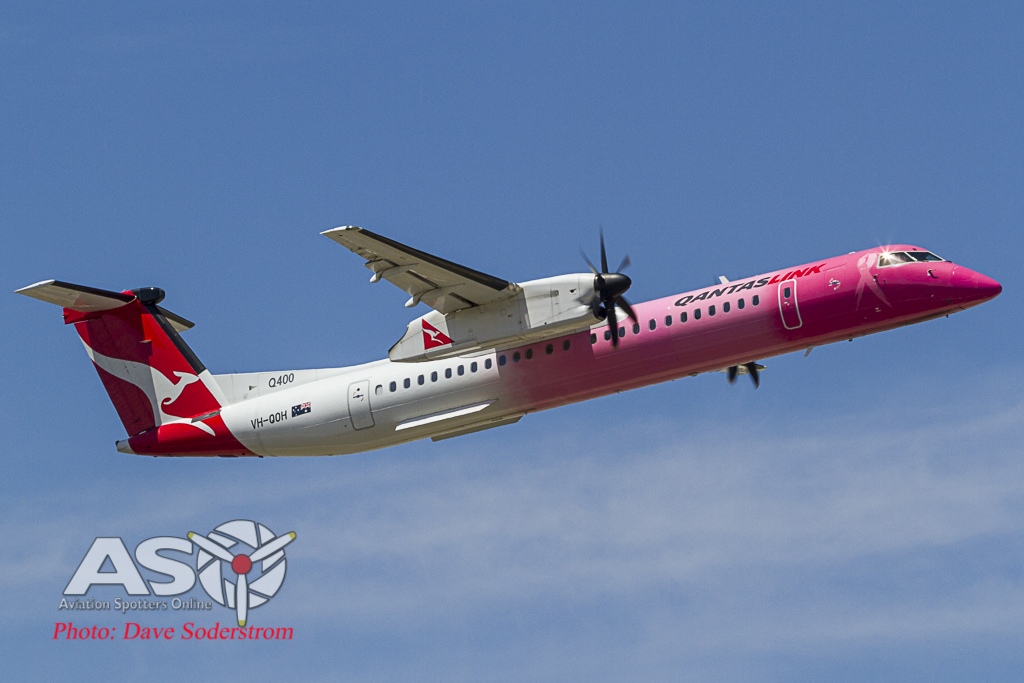







International Airlines which fly to Melbourne include:





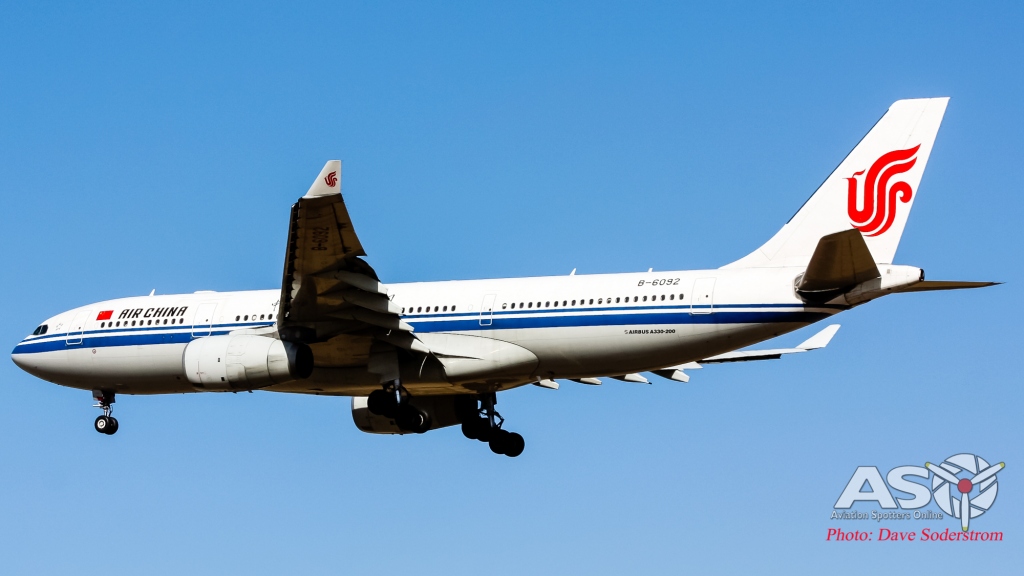



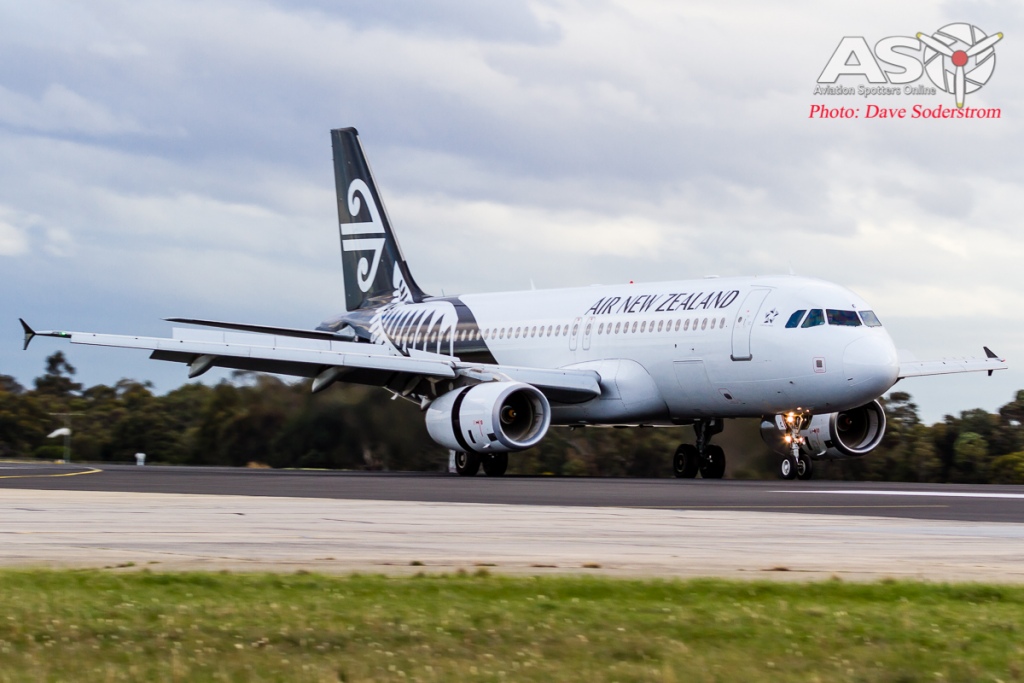
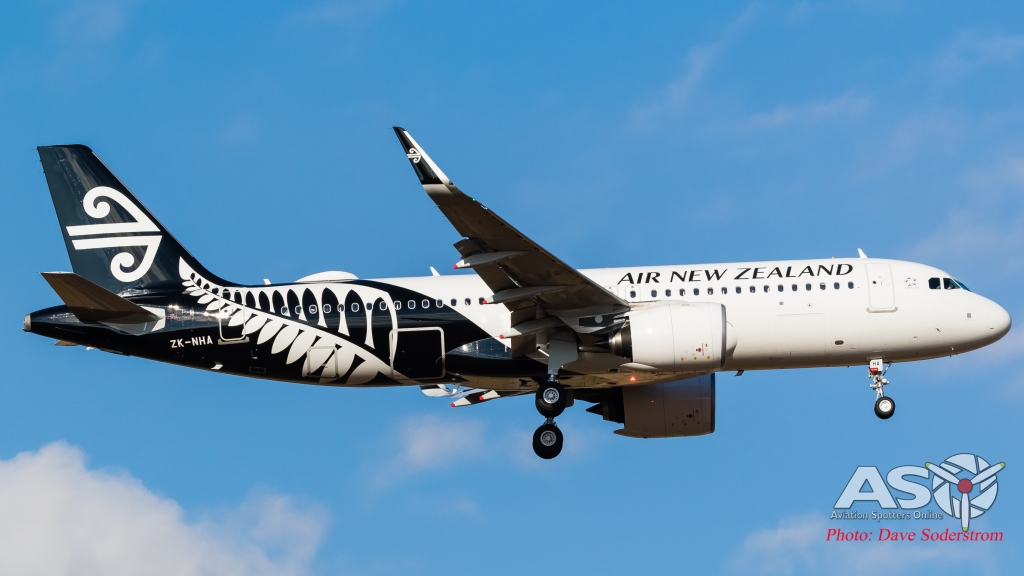



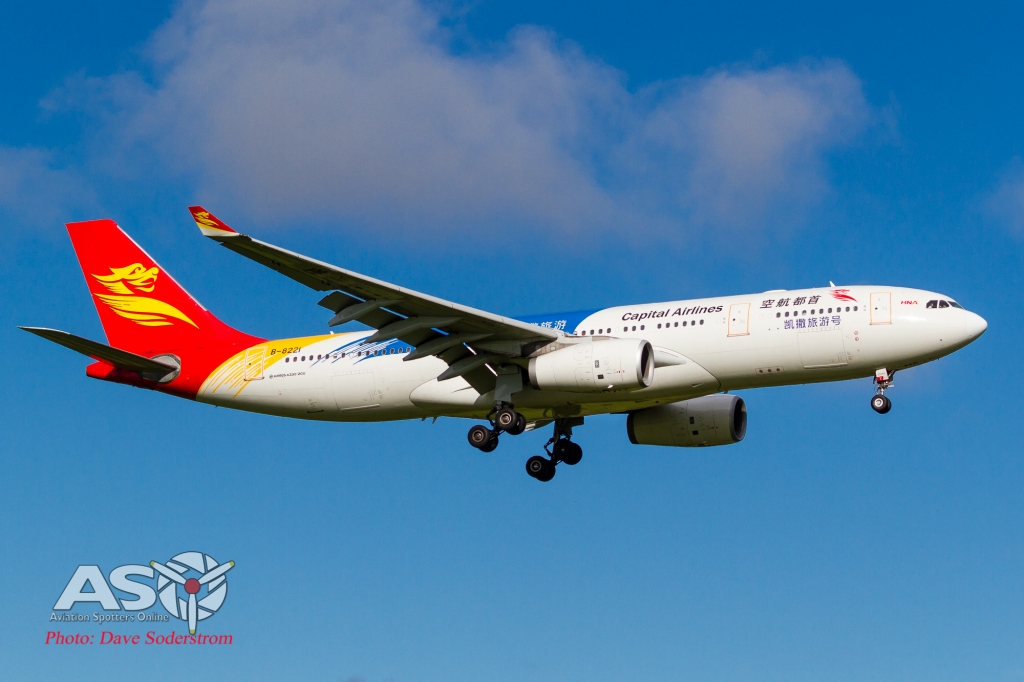





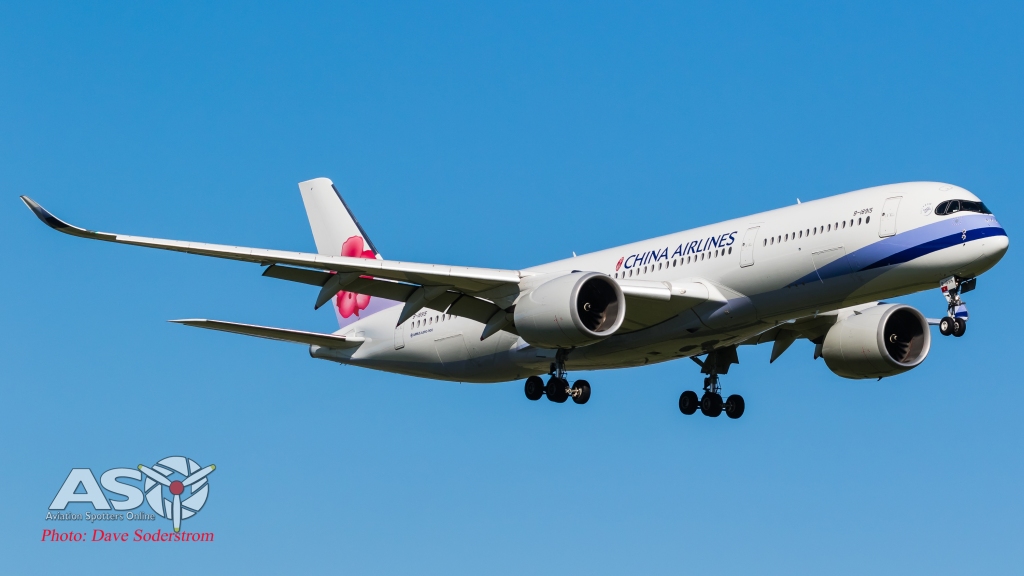



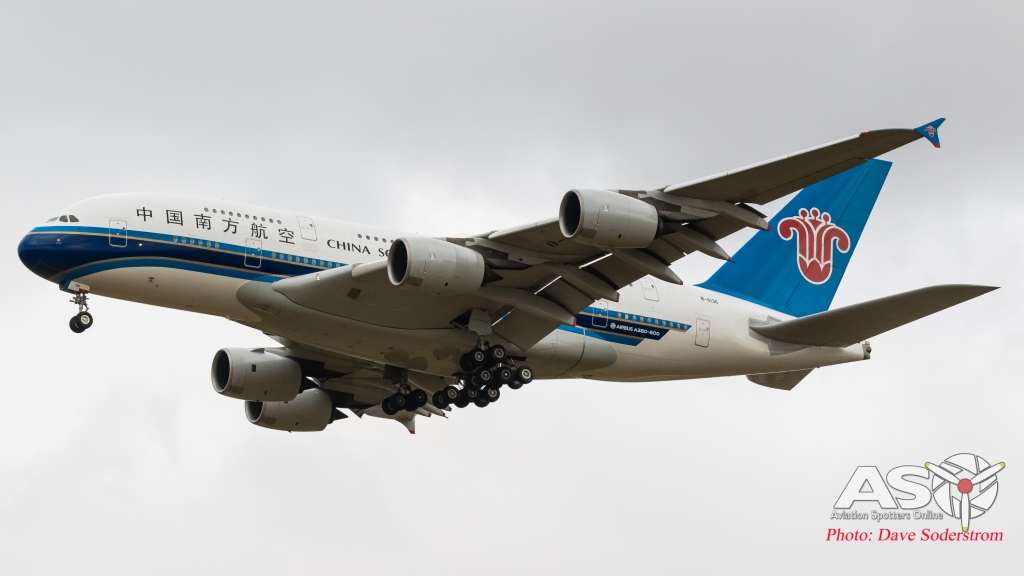










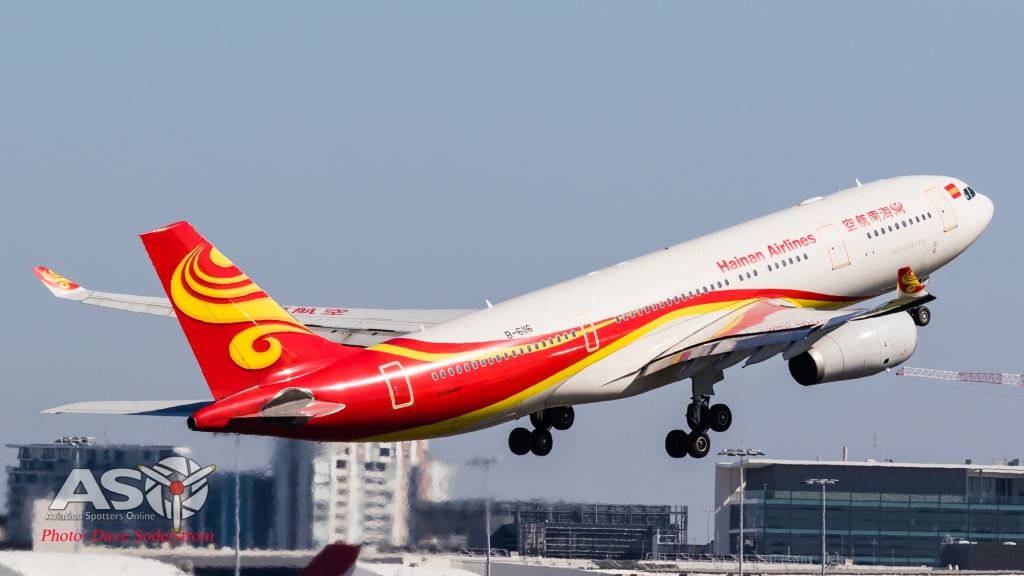
Hainan Airlines Airbus A330-243 B-6116 launches from Sydney Airport where the airline also operates too.

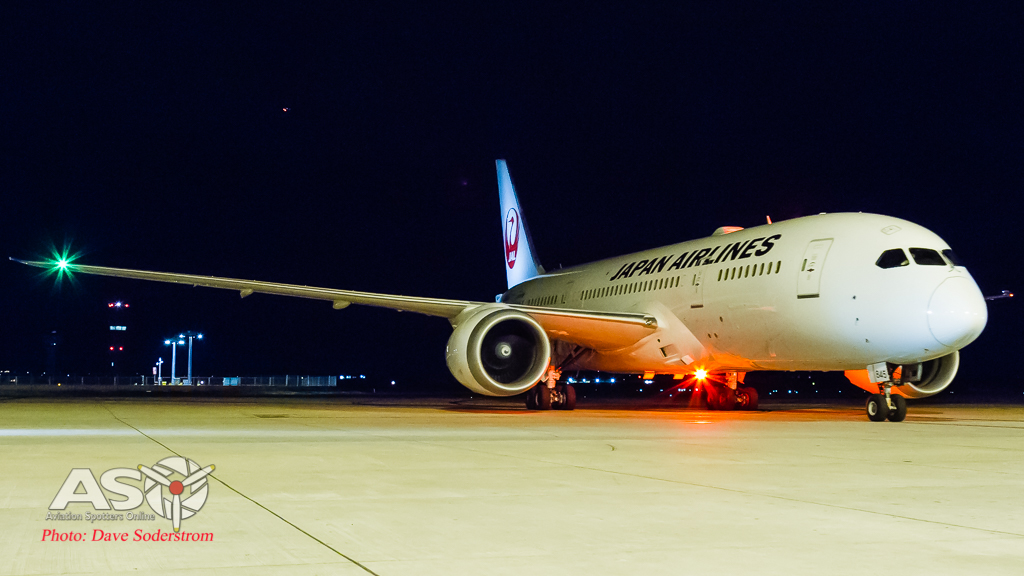


![]()

Kalitta operate from CVG to Melbourne via Honolulu. And also has been flying between MEL and Anchorage (ANC) via Guam (GUM).








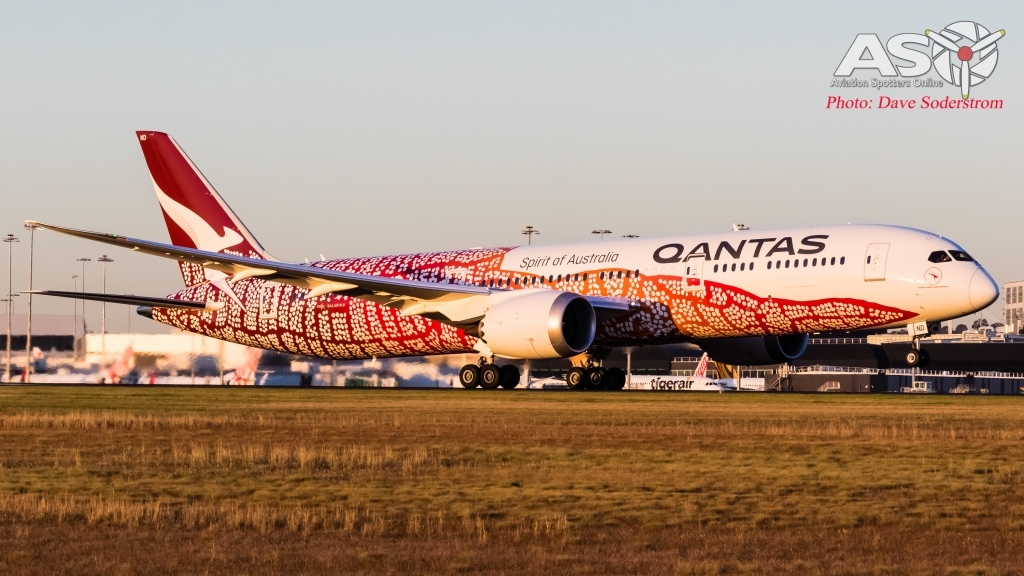
Replacing the long serving 747 fleet is the Boeing 787-9. VH-ZND is seen in the ‘Yam Dreaming’ livery.

VH-VYD is one of 75 Boeing 737-838s in the QANTAS fleet.

This 767-300F is the only one of its type in QANTAS service today. VH-EFR is seen landing on runway 16.

VH-XNH is a Boeing 737-400F and the only version of this 737 in the QANTAS fleet today.

QANTAS Freight Boeing 737-376F VH-XML is seen about to unload its shipment of freight from the east coast.

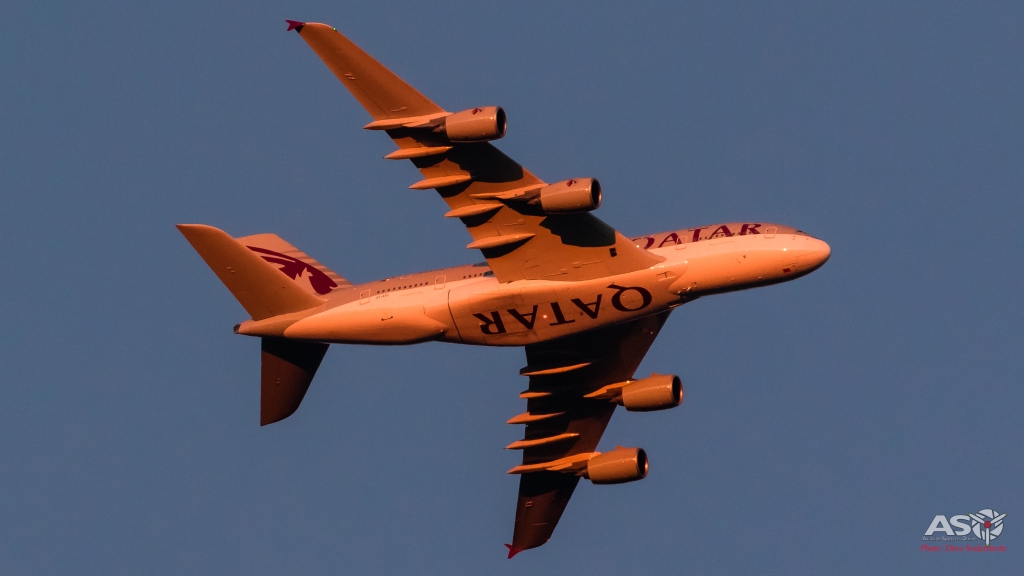



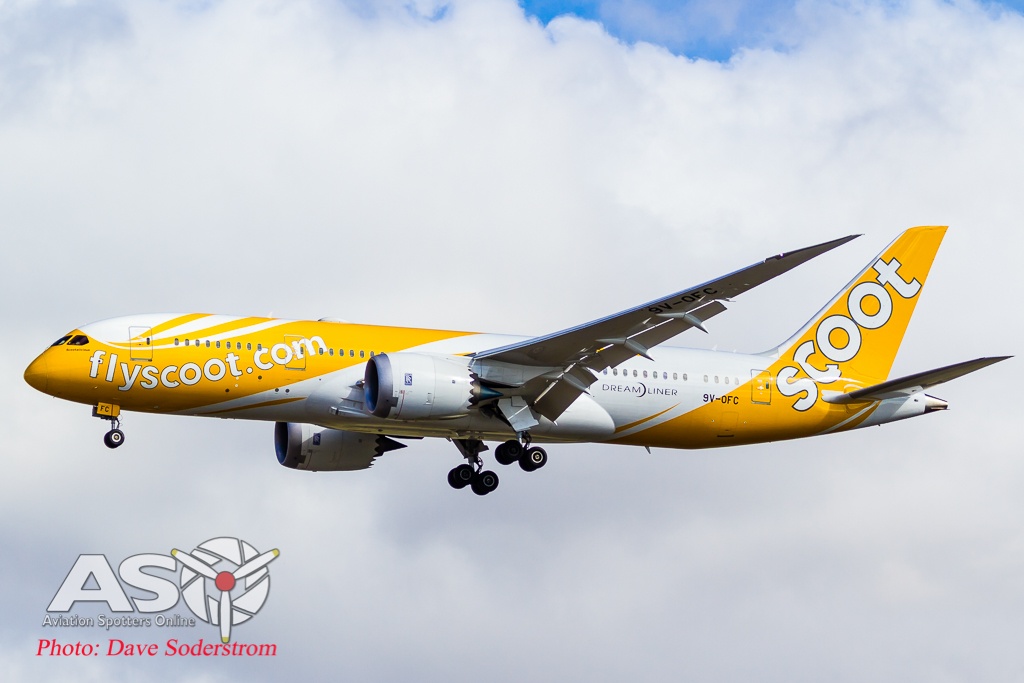














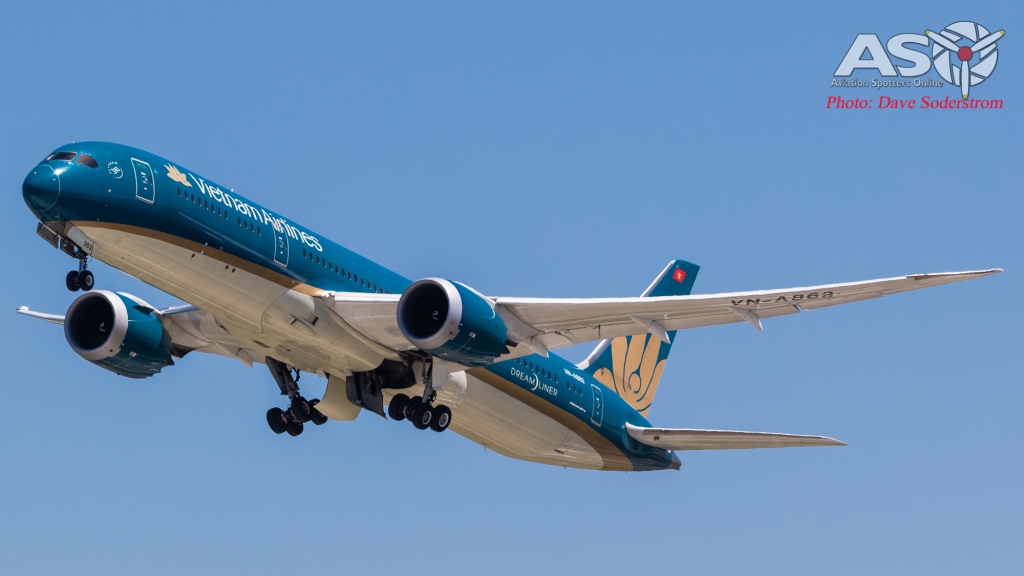



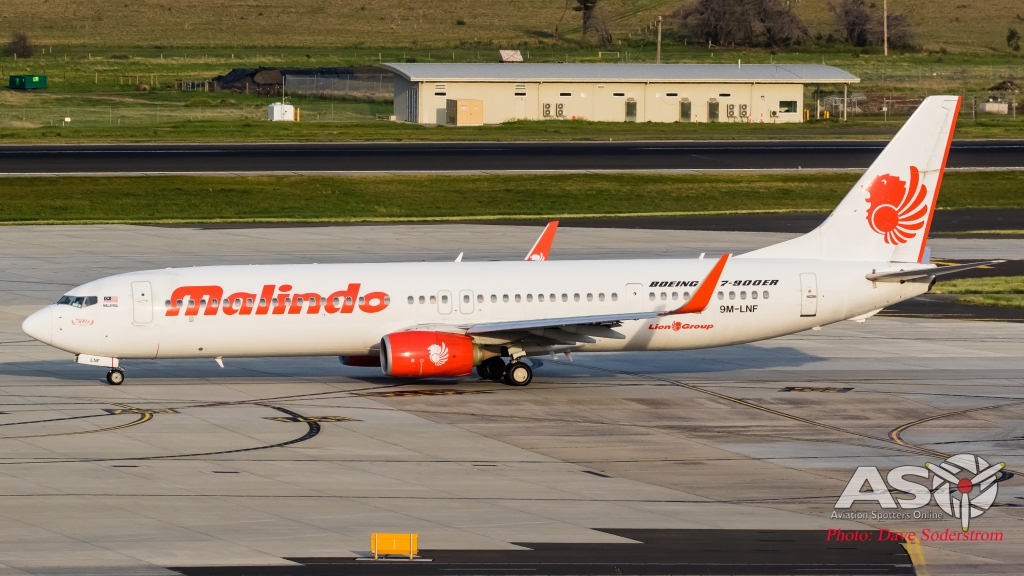



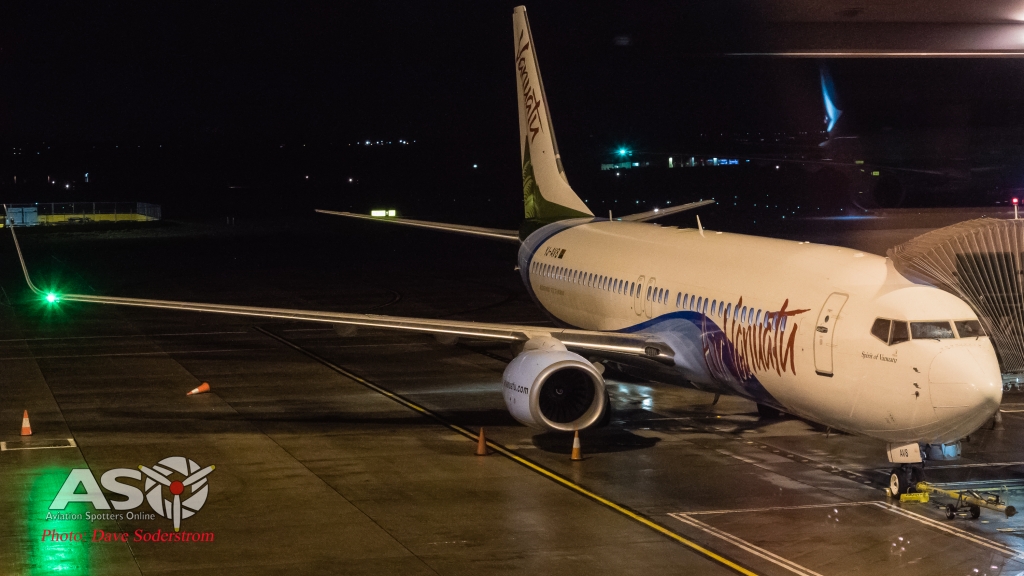




Visitors to Melbourne over the years.
As with any international airport, Melbourne is no stranger to foreign visitors. Be it a smaller biz jet or the latest military hardware or visiting heads of state. The airport has seen its its share of interesting aircraft over the years. below is a selection of some of the types that have visited the airport over the years.
KLM used to operate to Australia for many years. This particular aircraft, a 747-206B PH-BUF, crashed on the 27th of March 1977. At Tenerife North Airport having departed without clearance and hit a taxiing Pan Am 747 (N736PA) whilst trying to get airborne. (Historic Australian Aircraft Image)
QANTAS 747-238 arrives at the Airport. (Historic Australian Aircraft Image)
Singapore Airlines a long time operator to Melbourne has flown many types to the airport including this Boeing 747-212, 9V-SQE. (Historic Australian Aircraft Image)
A super rare and very interesting aircraft noted at Melbourne was this Imperial Iranian Air Force Boeing 707 Tanker. (Historic Australian Aircraft Image)

ZS-NEX a Boeing 767 operated by Aeronexus, was chartered by the band Guns N Roses for their tour.

Another rare visitor was this Finnair operated DC-8-62 OH-LFZ. (Keith Gaff Image)

For a period British Airways flew the Vickers VC-10 to Australia. G-ASGF was one of them. Seen here in 1973. (Historic Australian Aircraft)

A rare visitor during the Covid-19 repatriation was this Pakistan Airlines B777-200LR, AP-BGZ.

Leased by Royal Brunei from Hifly was this A330-900NEO, CS-TKY.

Charted by the band Iron Maiden was this Air Atlana Boeing 747-400, TF-AAK.
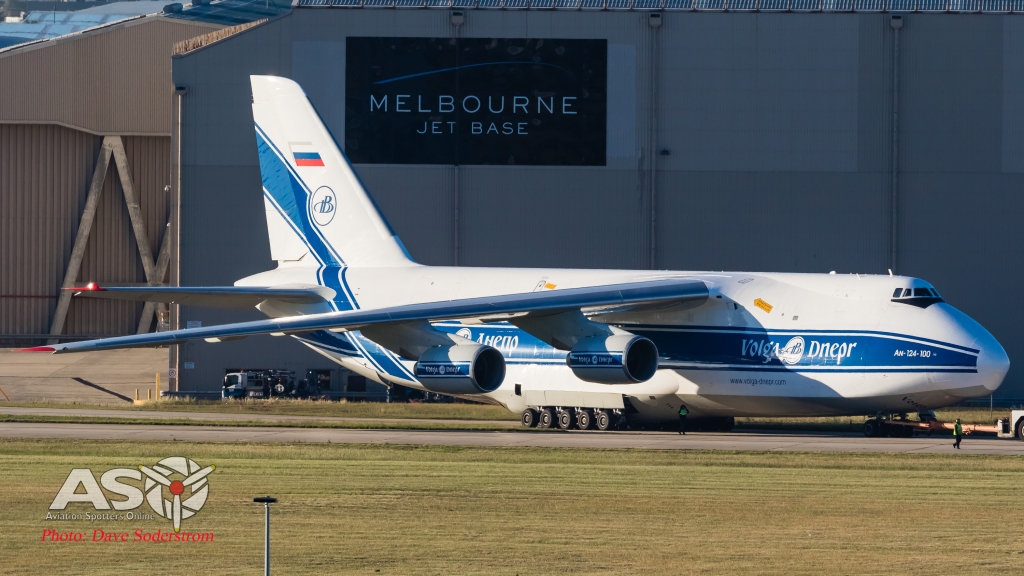
Not all that common but several have operated into the airport over the years, the giant Antonov AN-124. Volga-Dnepr AN-124 RA-82046 is seen prior to departure.
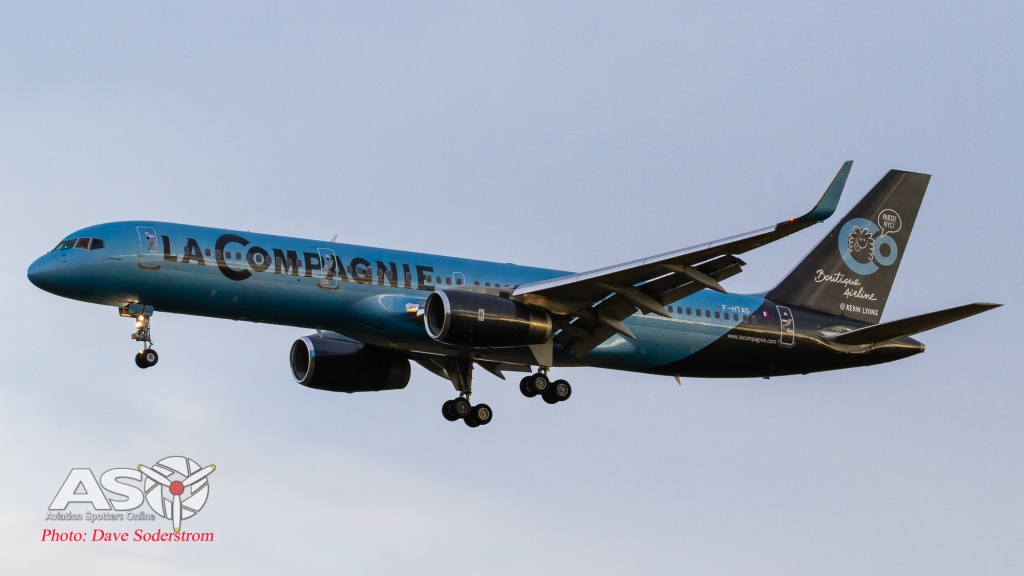
Landing on the Melbourne leg of a round the world tour, is this La-Compagine Boeing 757-200, F-HTAG.

Another musical charter, on behalf of musician Madonna is this B757-200, SX-RFA.

Another cargo flight into Melbourne was this Emirates Cargo 777-200F, A6-EFF.
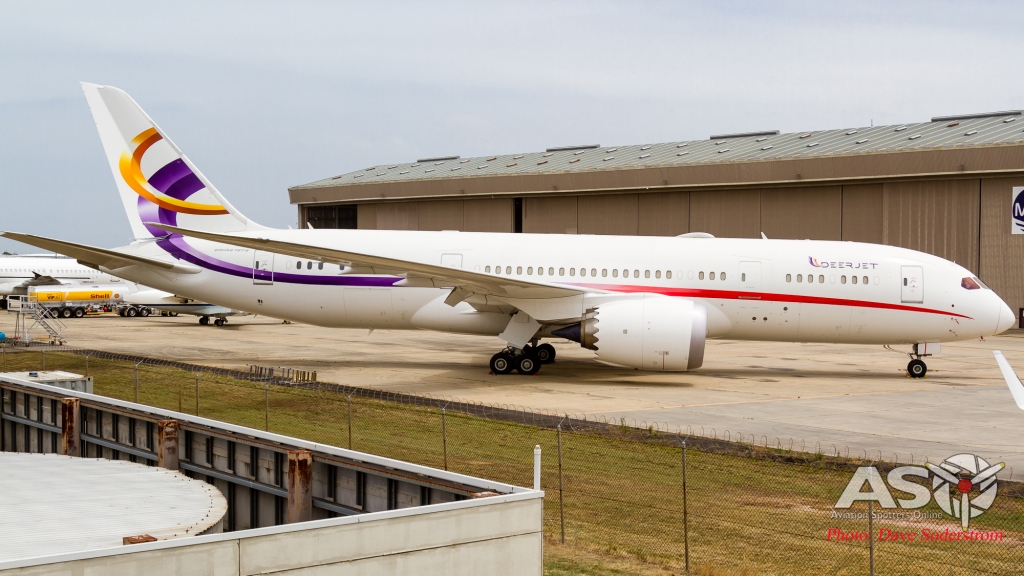
A private biz jet of the larger kind was this Deerjet owned Boeing, 787-8 2-DEER.

Another leased aircraft by Royal Brunei was this Hifly, Airbus A340-313X, 9H-SUN.
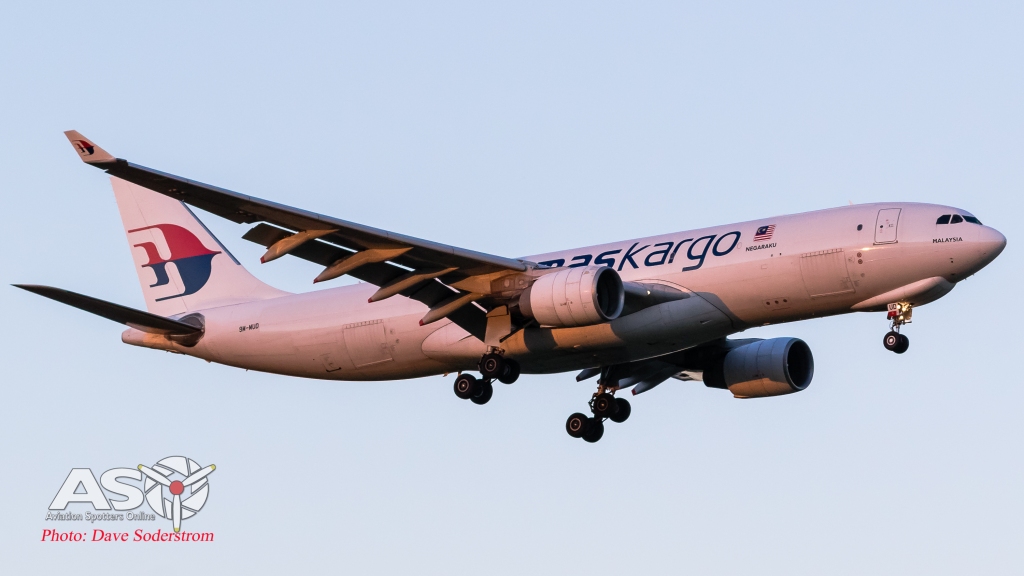
Malaysian-Cargo Airbus A330-223F, 9M-MUD visited the airport.

Government aircraft are a rarity, as evidenced by this visit by this United Arab Emirates Boeing 787-8, A6-PFC.

Antonov-AN-124 RA-82072 operated by Antonov Airlines seen on departure from runway 34.

Another rarity to Melbourne was this Motor City AN-12, UR-11819.

Air Caraibes Airbus A330-200, F-OFDF called into the airport on a tour.

Kallita Air have operated several aircraft to Melbourne over the years. This 747-400F was one of them.

Lynden Cargo Lockheed L100-30 N402LC, called into the airport several times.

A rare older model biz jet visitor was this Grumman-Gulfstream-II, N510AG.

Volga-Dnepr IL-76TD-90BD, RA-76950 seen departing the airport.

Airbus A340-600 A6-EHJ was a popular visitor when it was a regular to the airport.

Air Asia Airbus PK-XRC A330-300, PK-XRC landing on runway 34. Air Asia no longer operate to Melbourne. The airline now operates from Avalon Airport.

Emirates operated the 747-400F for a period. OO-THD is seen departing.

Malaysian flew the 777-2H6ER to Melbourne for several years. 9M-MRG is seen in its landing configuration.
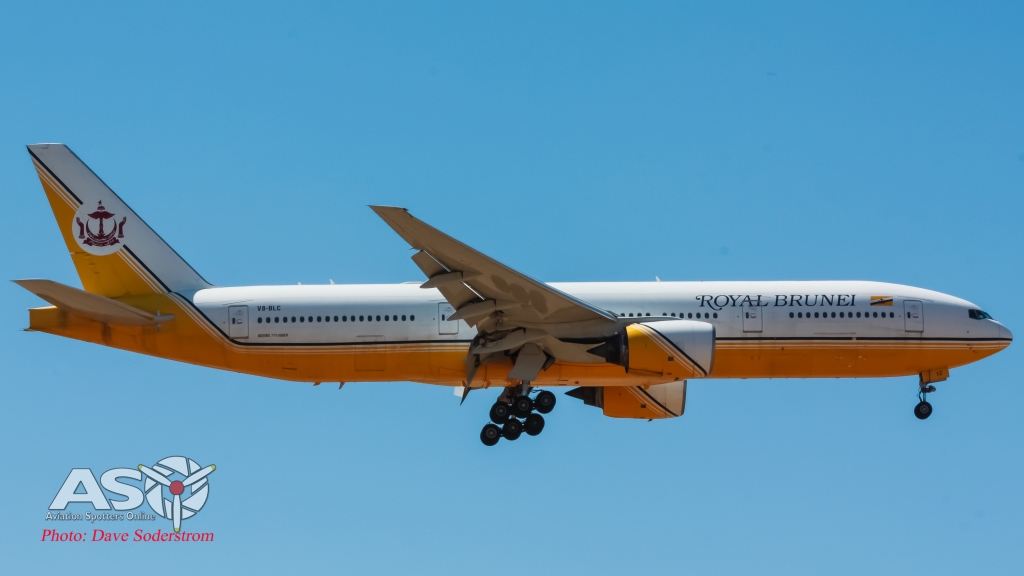
Royal-Brunei, 777-200 V8-BLC prior to converting to the 787.

China-Eastern A330-300 B-5902 seen on approach.

QANTAS 737-838, in the ‘Yananyi Dreaming’ livery.
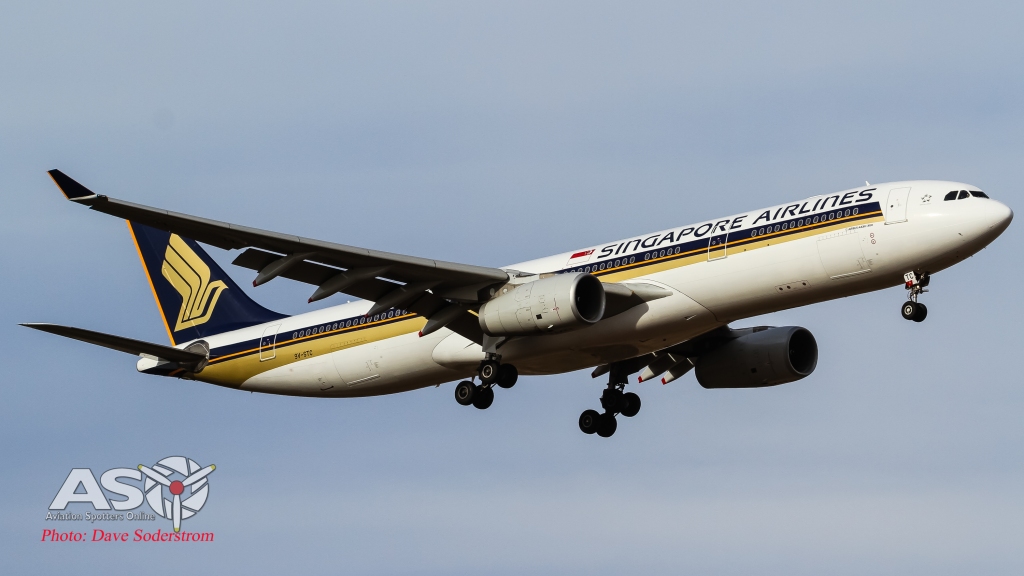
Singapore Airlines Airbus A330-343, 9V-STC.

Thai Airways Boeing 777-300ER HS-TKE is seen landing.

Pioneer Cargo Convair CV580, VH-PDW is seen landing on runway 34.

Polar has flown to Melbourne for a number of years. Boeing 747-400F N450PA is seen landing on runway 16.

Malaysian Government owned Airbus A319-115XCJ, 9M-NAA is seen on a visit.

Air New Zealand flew the Boeing 767-300ER to Melbourne for a number of years. ZK-NCL is seen landing.

Phillippines Airlines, operated the Airbus A340-300 to Melbourne, RP-C3438 was one such aircraft.

Another 747 operator to Melbourne was Thai Airways. Seen here is Boeing-747-4D7, HS-TGZ.
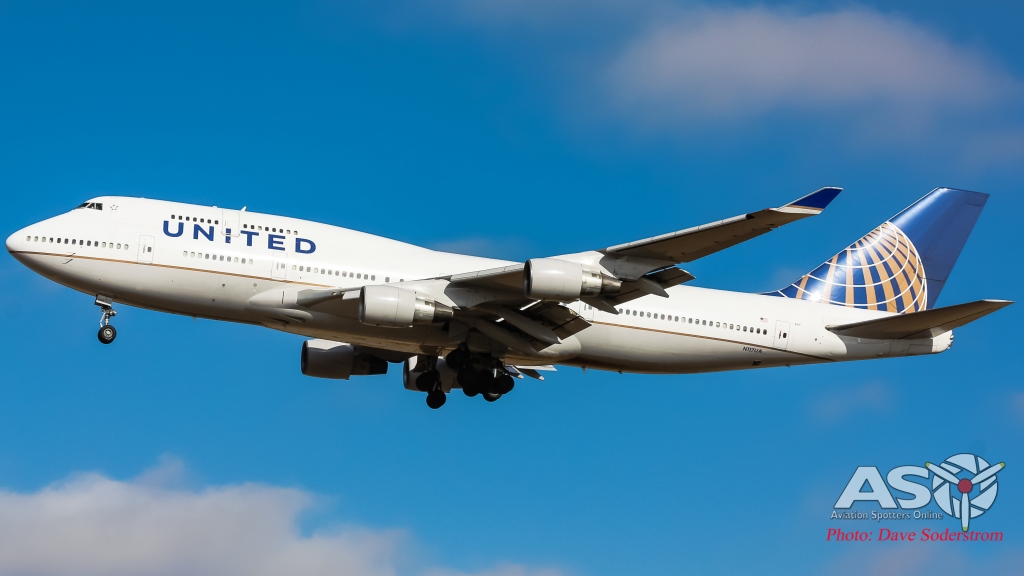
United Airlines have operated the 747 to Melbourne for many years. Boeing 747-400, N117UA is seen landing on runway 16.

Impulse Airlines Boeing 717-200s were a common site at Tullamarine.
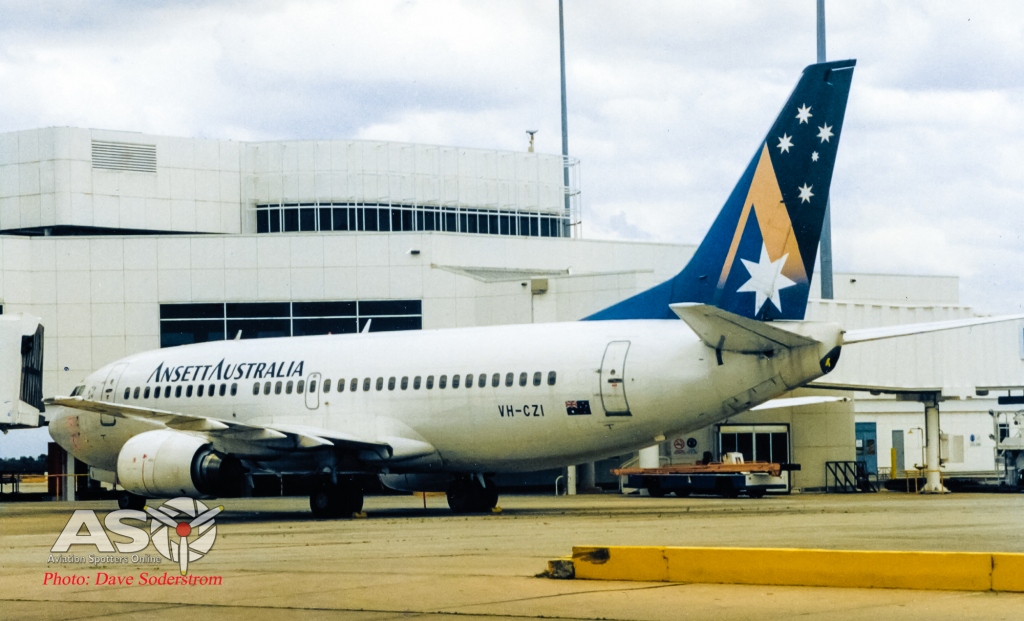
Ansett Boeing 737-377 VH-CZI seen at rest.

Australian Air Express operated several Boeing 727s for cargo operations across Australia. VH-VLF was one of them.

Polar Air Cargo Boeing 747s have been seen at Melbourne for many years.

Honeywell, brought their Boeing 757, N757HW demonstrator to Melbourne to showcase the companies latest technology.

Pioneer owned BAe-146, VH-SFV seen in daylight hours.

Nauru Airlines Boeing-737-36N, VH-PNI.
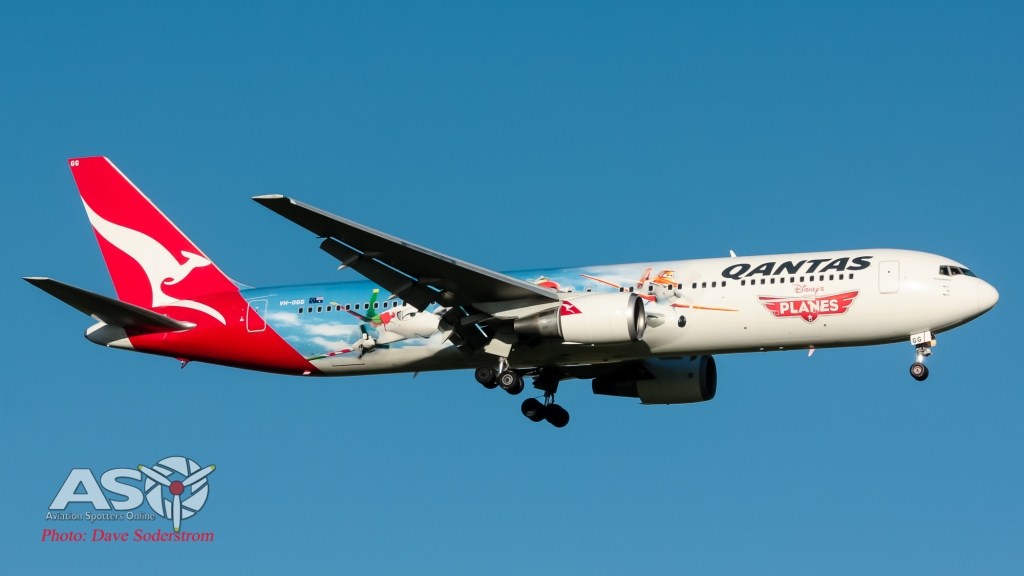
QANTAS painted one of their Boeing 767-338s, VH-OGG with this Planes livery highlighting Disney’s movie.

Trans Tasman Cargo owned and operated Boeing 757-200F VH-TCA.

Royal-Brunei, Airbus A320NEO, V8-RBD was one of the first of its type seen at Melbourne.

Loaned to Jetstar prior to delivery of new 787s, is QANTAS owned Airbus A330-202 VH-EBF.

Richard Branson took on the QANTAS/ANSETT duopoly when he launched Virgin Blue in Australia. Boeing 737-800 VH-VOM is seen landing.

Flying into the airport and now a museum exhibit was this Boeing 737-200 RP-C8006 which was used as a training aid by AITC.

A diversion from a fogged in Sydney Airport was this Air Canada Boeing B777-200ER.

Virgin Blue launched a subsidiary to operate into the Pacific with Pacific Blue. This E190 VH-ZPM was one of them.

One of many special liveries painted on Jetstar aircraft. VH-VFL is seen supporting athletics in Australia.
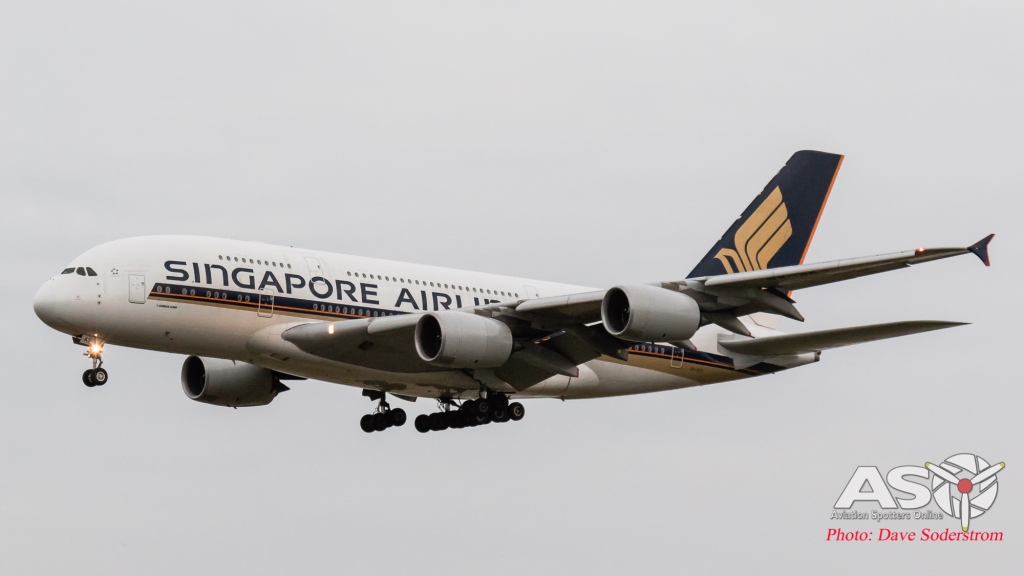
Singapore Airlines is one of several Airbus A380 operators into Australia. 9V-SKS is seen landing on runway 16.

Garuda Airlines has repainted one of their Airbus A330s into a retro scheme. PK-GHD is seen here landing.
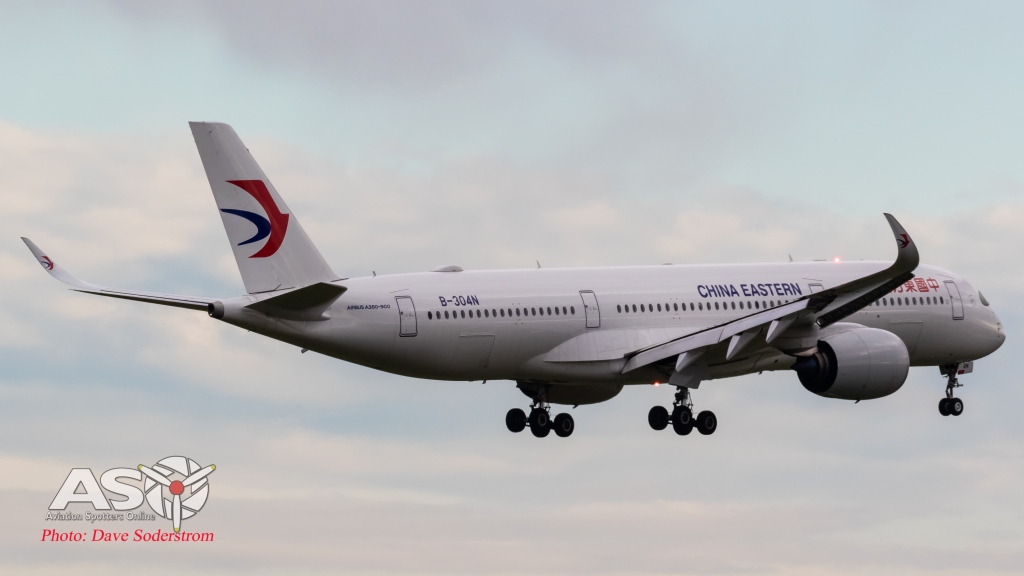
Another diversion from Sydney was this China Eastern Airbus A350-941, B-304N.

REX purchased this SAAB 340B+ from US operator Silver wings. For a time it was operated in the former operator livery.

Chartered by Strategic Airlines before securing their own A330 was this leased example from HiFly.

Batik Airlines part of the Lion Air group of airlines is a scheduled visitor to the airport. 737-800 9M-LND is one such visitor.

Chartered to fly singer Beyonce and her band around the world was this 707, N88ZL

Flown around the world on a world wide demonstration was 787 prototype N7878x, seen here being prepared for Jetstar and Qantas employees to inspect.

Omni Air International, brought one of their DC-10s to Melbourne. N108AX is seen parked.

United Airlines Boeing 777-300ER N2138U departing
Below are more images of various liveries that have visited Melbourne over the years.
Business Jets
Always an important part of operations to the airport, Business jet operations have in recent years expanded thanks to the specialist part of the airport, the Melbourne Airport Prescient or MAP for short. A host of new hangars, along with corporate and VIP facilities were built to handle this growing segment of aviation.
Military visitors.
The Military is regular visitor to the airport. Be it from an element of our own ADF or a foreign force enjoying a stop over. The airport plays host to these types as and when they are required to.

A44-202 is one of the RAAFs FA-18F Super-Hornets.

Semi regular visitors from the RAAF include the KC-30As from 33 RAAF Base Amberley, Queensland.

F/A-18B Hornet A21-115 is seen outside the old Tennis hangar.

Dropping in for a mission was this Boeing C-17A Globemaster III, A41-206

Seen during the recent bushfire crisis, this 36 Squadron Lockheed C-130J Hercules A97-468

Two RAAF F/A-18A Hornets arrive in preparation for displaying at the Australian Formula One Gran Prix.

Departing over the two Melbourne tours, is one of the RAAF’s F/A-18A Hornets.

Dassault-7X A56-001, is the latest RAAF VIP transport. Seen here transiting to the MAP area.
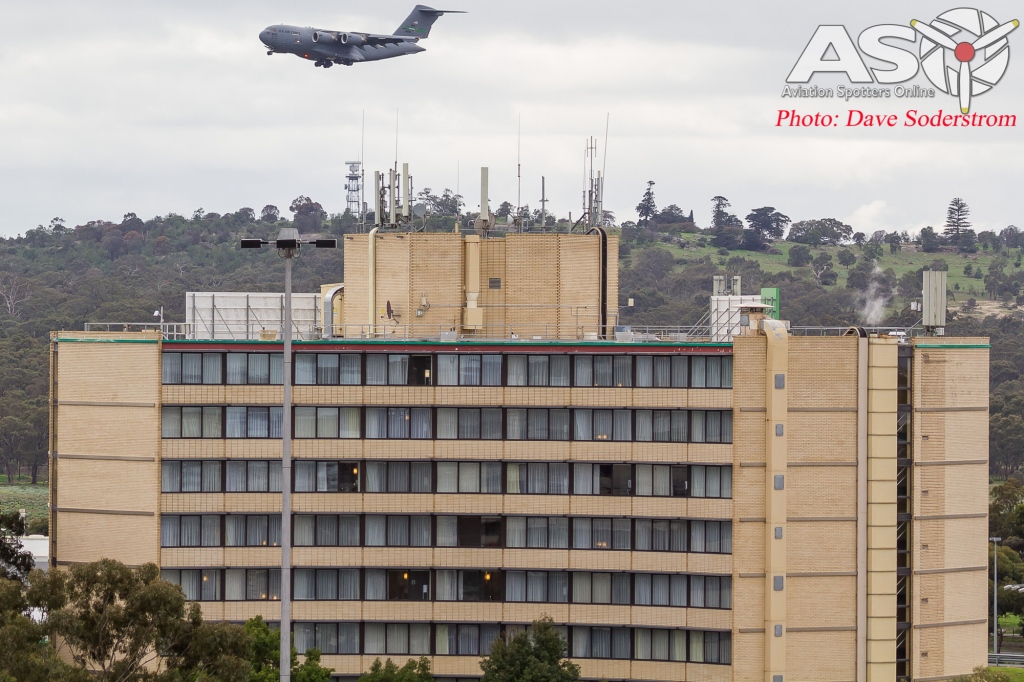
A USAF C-17A prepares to and on runway 27.

USAF Airbase, no just part of the contingent for then Vice President Joe Bidden’s visit.
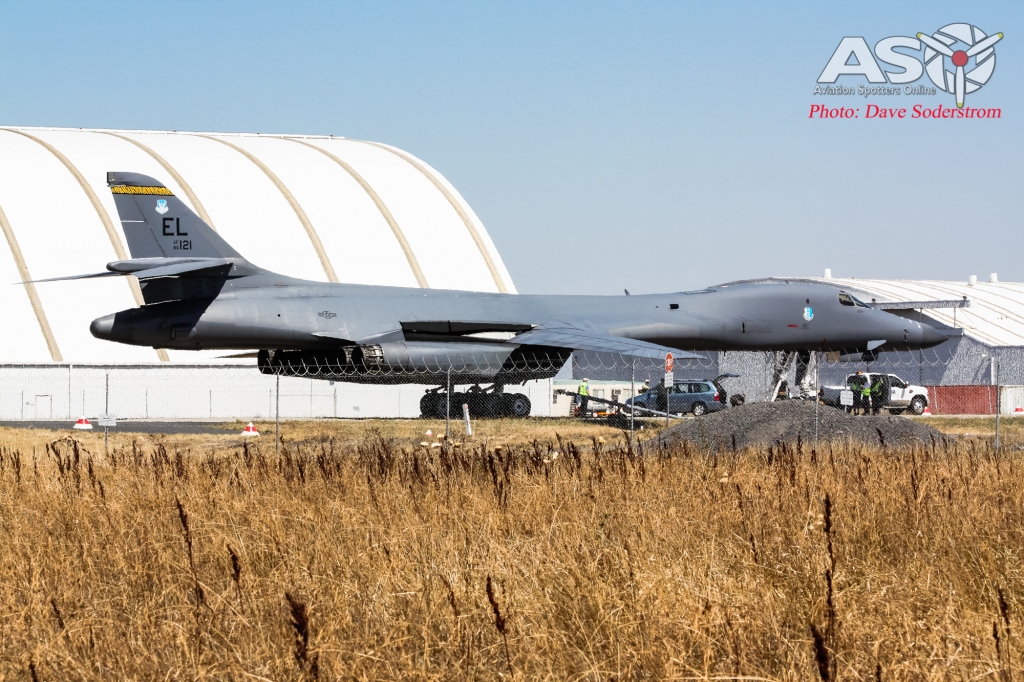
A major diversion into Melbourne was this USAF B-1B Bone from Ellsworth Air Force Base.

US Navy C-40, 8981 is seen landing on runway 16.

Another USAF visitor this time was this KC-10A Extender.

Another C-40C, this time operated by the USAF was 02-20203

Another VIP type seen near the MAP hangars, was this C-20 10065.
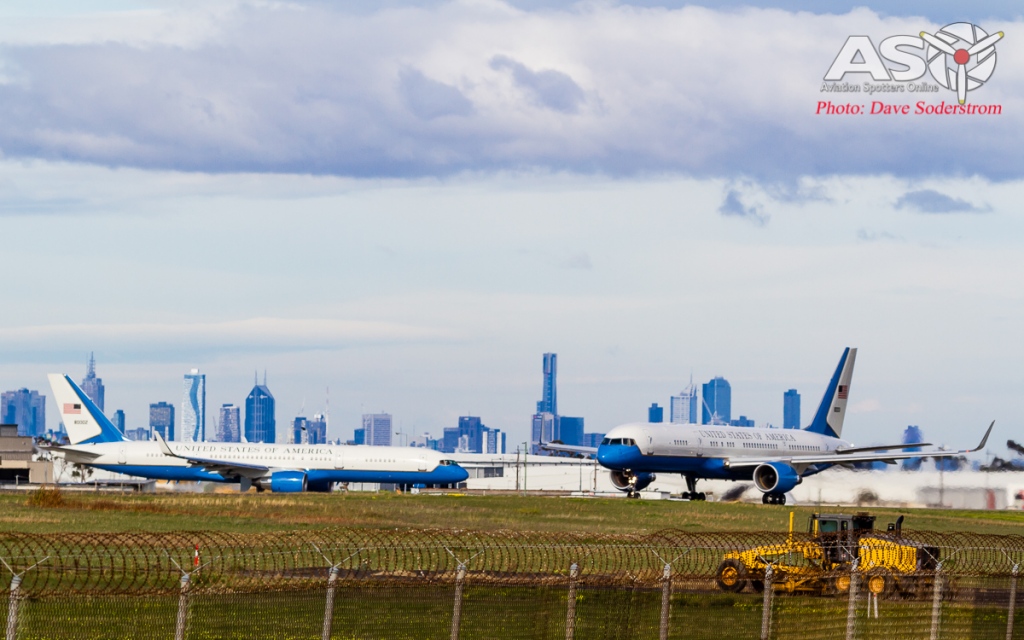
Lining up on runway 34 are the two USAF C-32As 98-80001 & 98-80002.
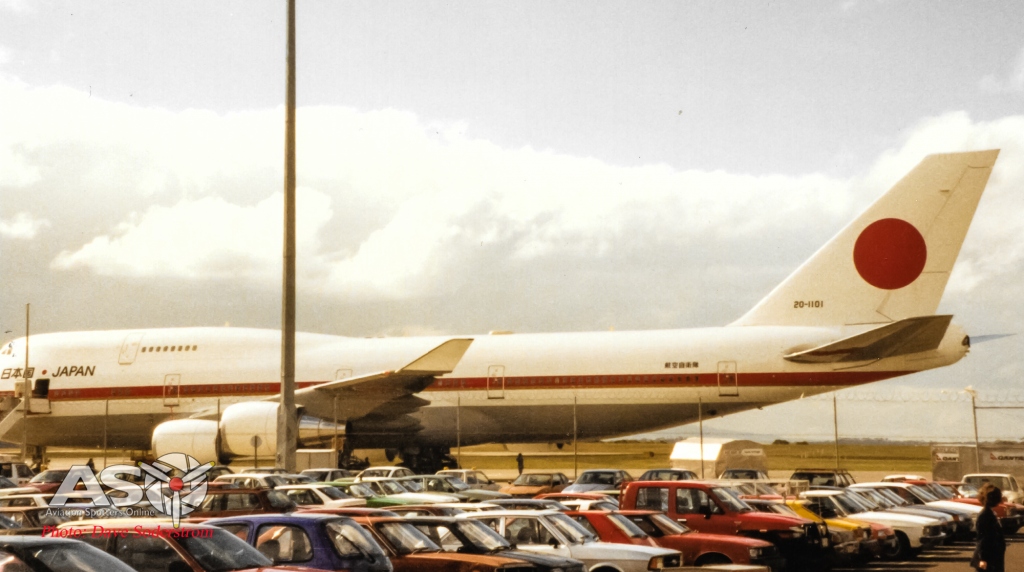
One of two Boeing 747-400s operated by the JASDF, 20-1101 is seen parked near the QANTAS domestic area.

The Royal Thai Air Force sent Airbus-A319 HS-TKR for a visit in 2019.
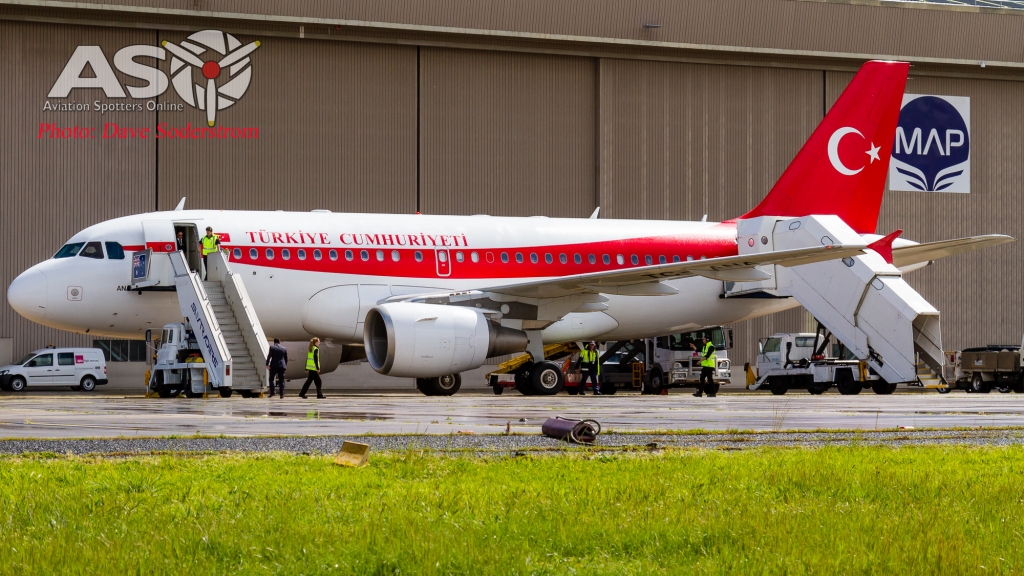
Turkish Government Airbus A319-115CJ, TC-ANA is seen at the MAP percent.
Post Covid????
This is the greatest unknown and certainly only time will tell where and when the airport returns to a normal. The pandemic has seen airlines fold, and reconsolidate to minimise their exposure in these very uncertain times. The airport is currently in a period of major upgrades and eerily quiet times due to the Covid-19 downturn. The airport deserves it return to past glory and only time can allow this.

Some of Jetstars fleet lined up in storage at Melbourne.
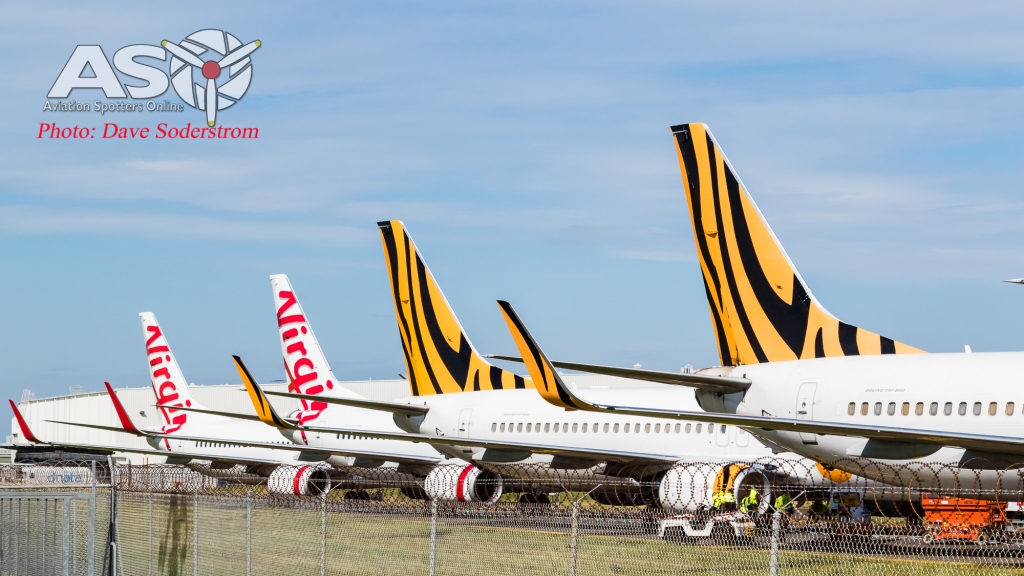
Virgin Australia and and Tiger Airways 737s parked up during Covid-19.
What air travel to and from this great airport will mean will undoubtedly change, longer screening times and medical check will be a given I’m sure. When will International air travel re commence again this will be at the governments digression.
With the relaunch of Virgin 2.0, QANTAS flying a leaner and smaller mix of aircraft, Regional Express talking of jet services, and the prospect of much smaller international operations. Post Covid, there are all ready several international’s airlines talking of launching services to the airport. Vietnam startup airline Bamboo Airways is set to launch its first flight with its Boeing 787-9 due in December. Melbourne will be sure to play its part in these and many more operations.
So to the staff, both present and past who work/worked and operate from Melbourne Airport, here is to another fifty years of continued operations and growth.
Dave

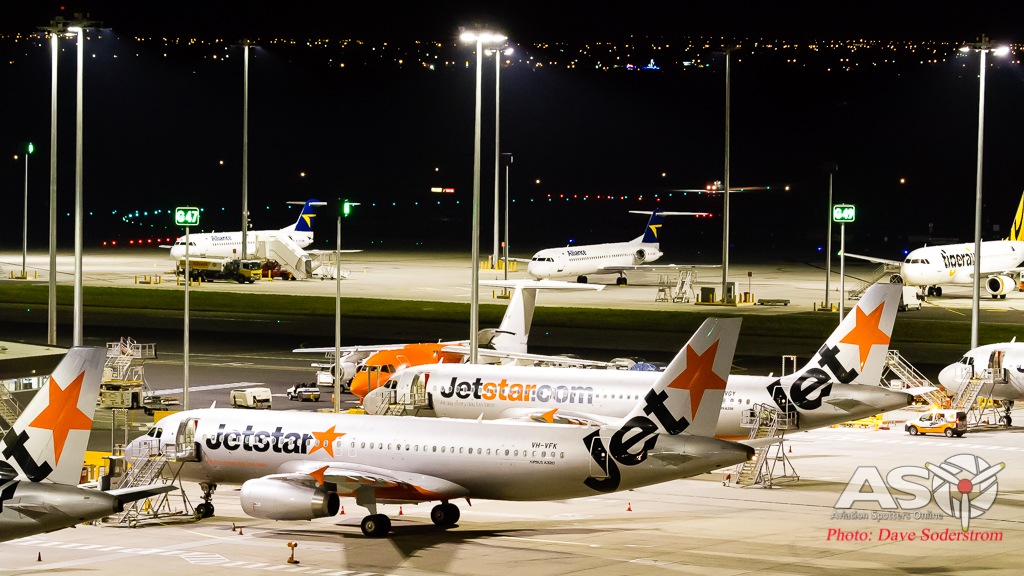















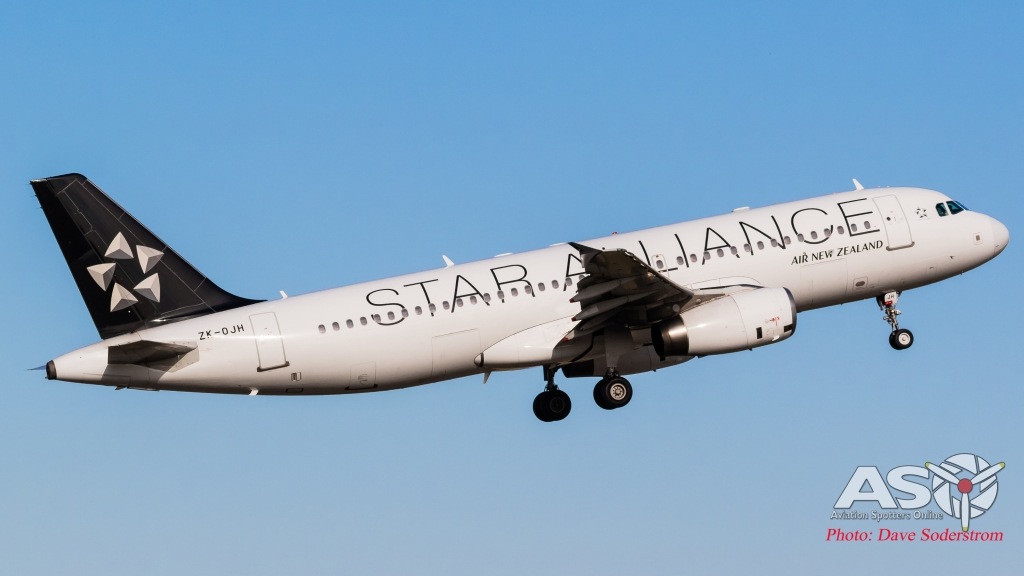

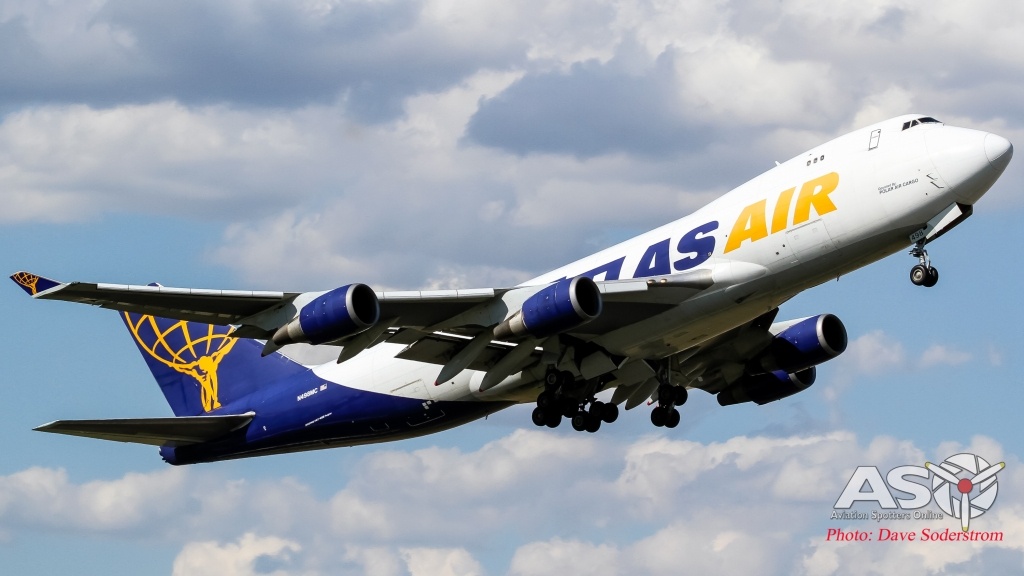


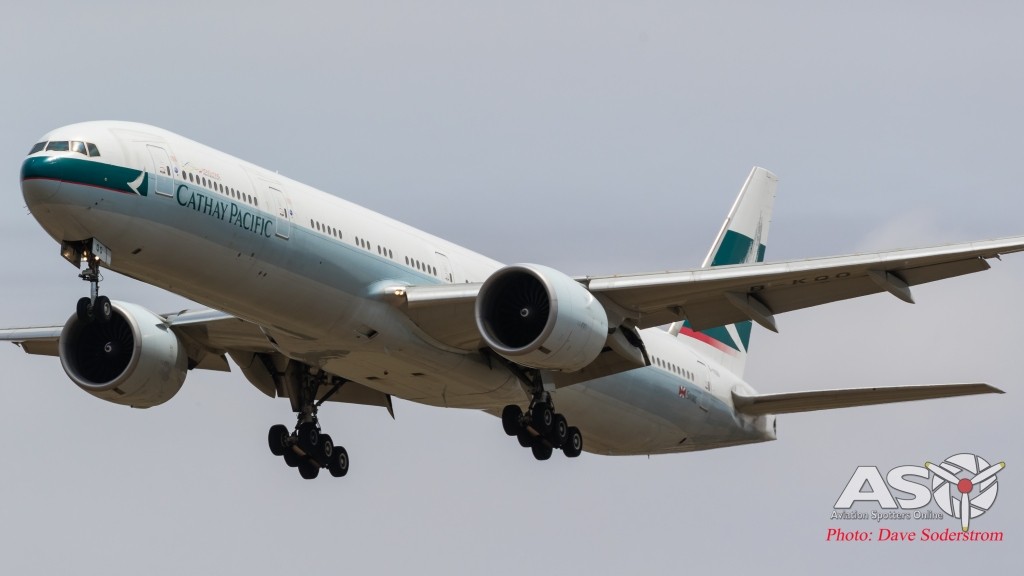









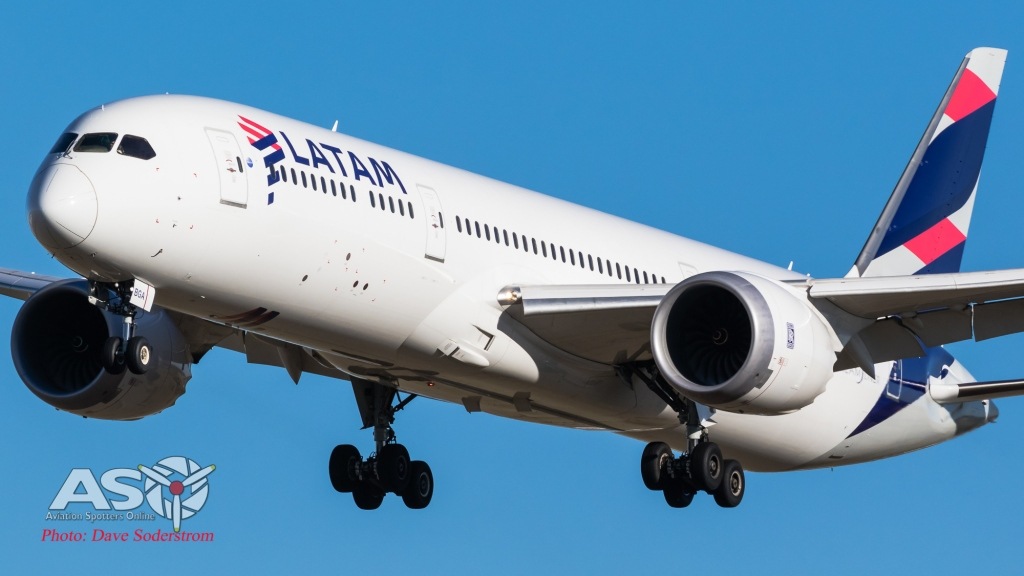


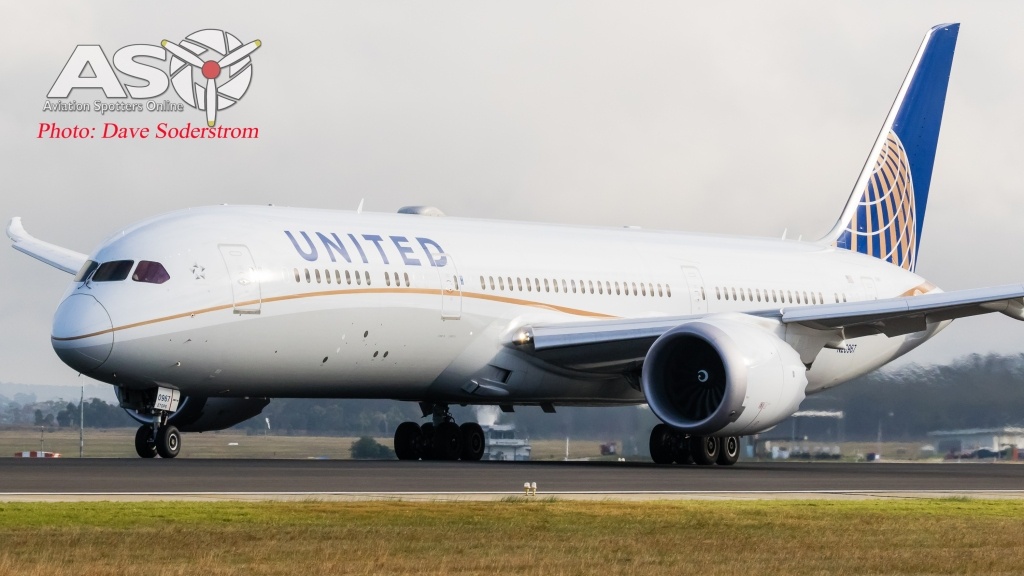





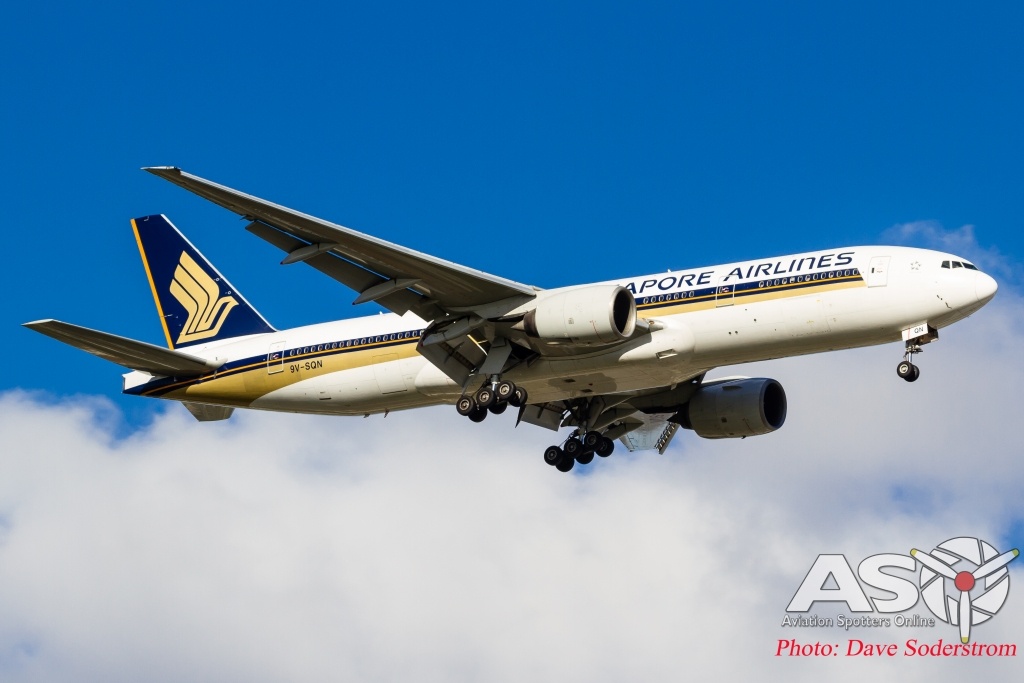

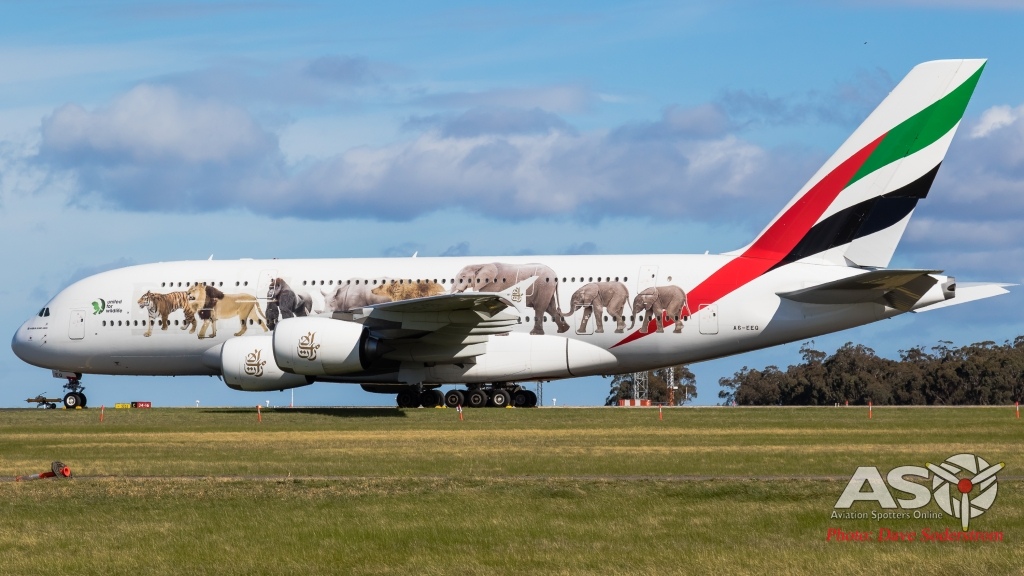






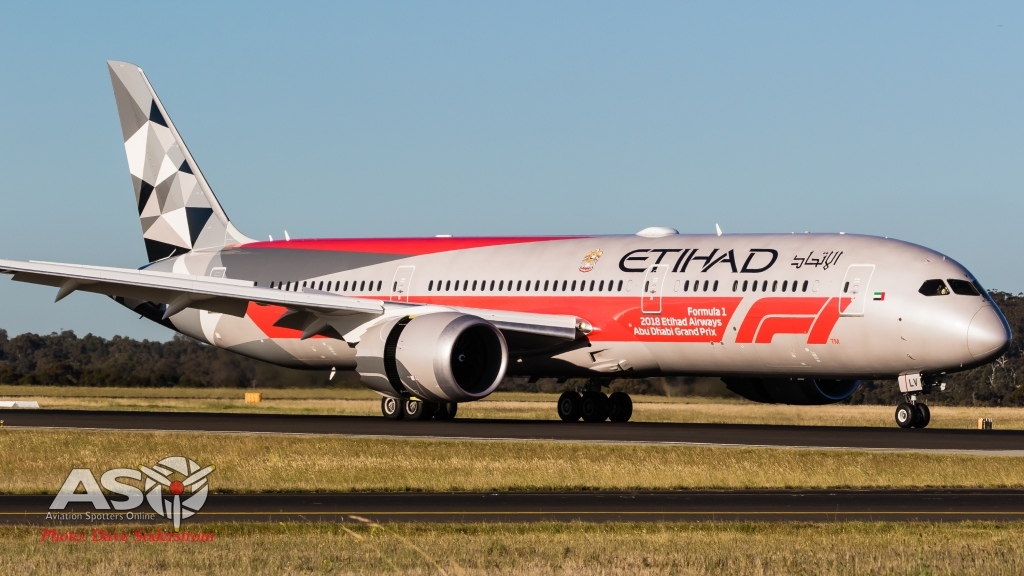

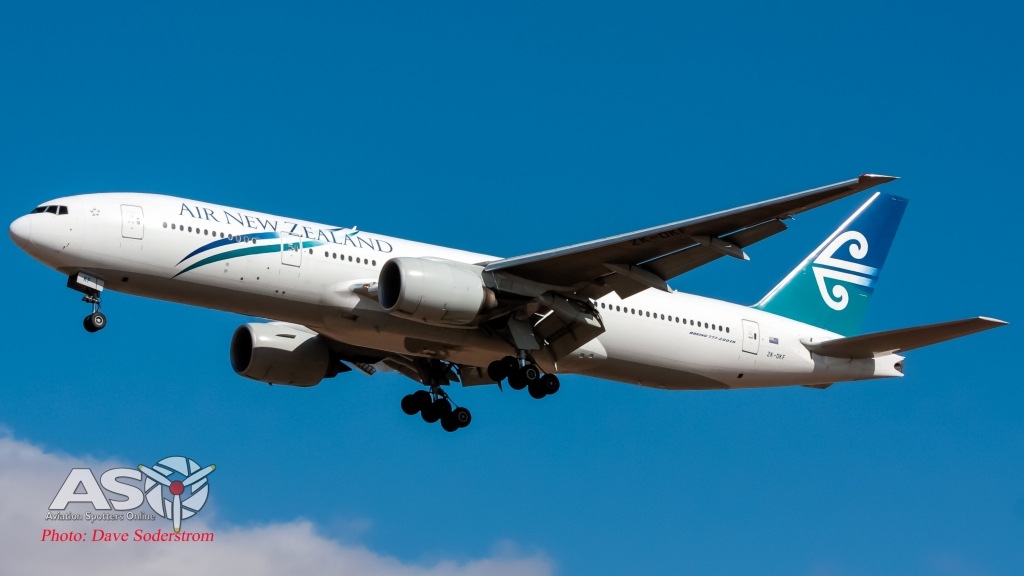

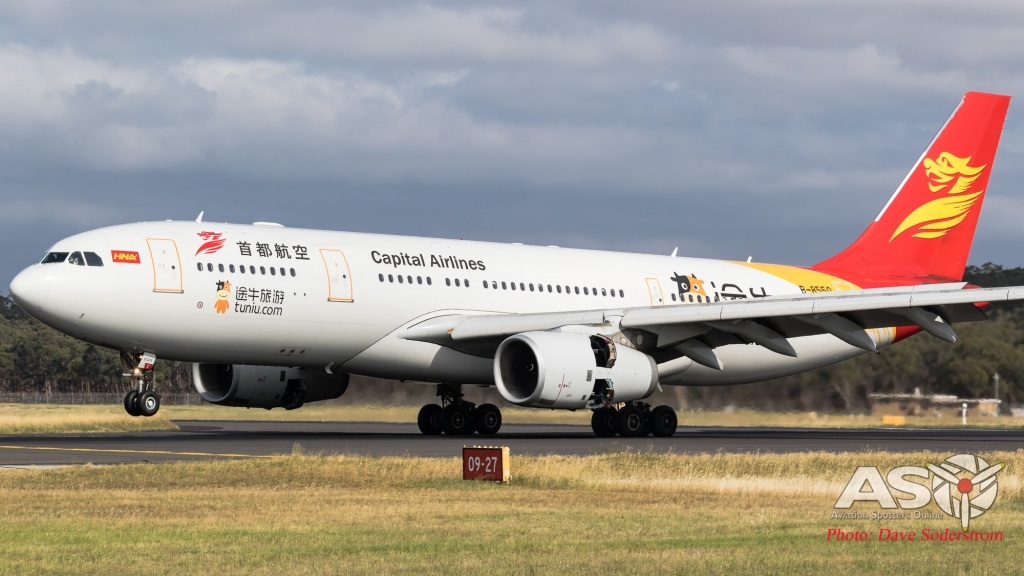

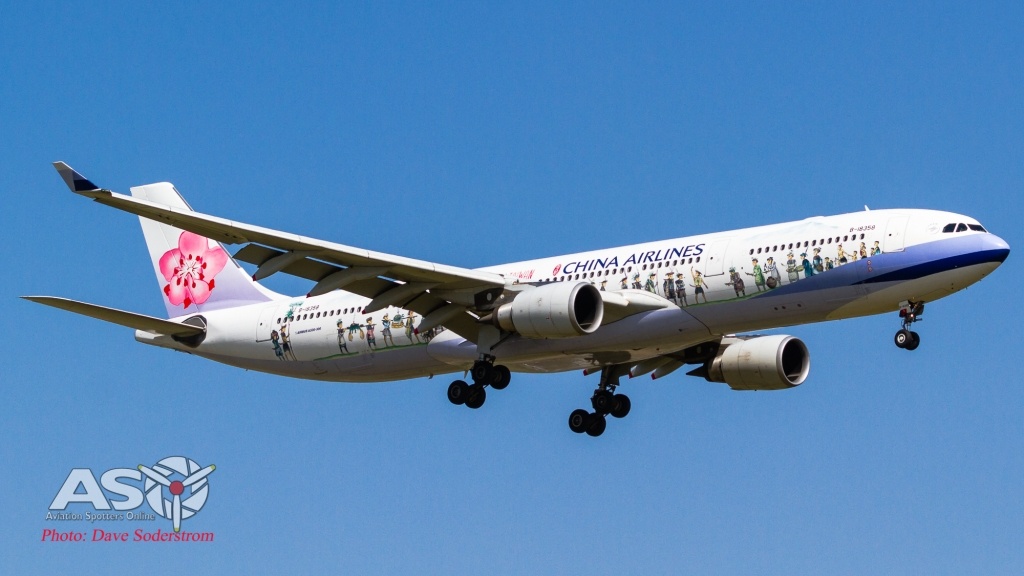



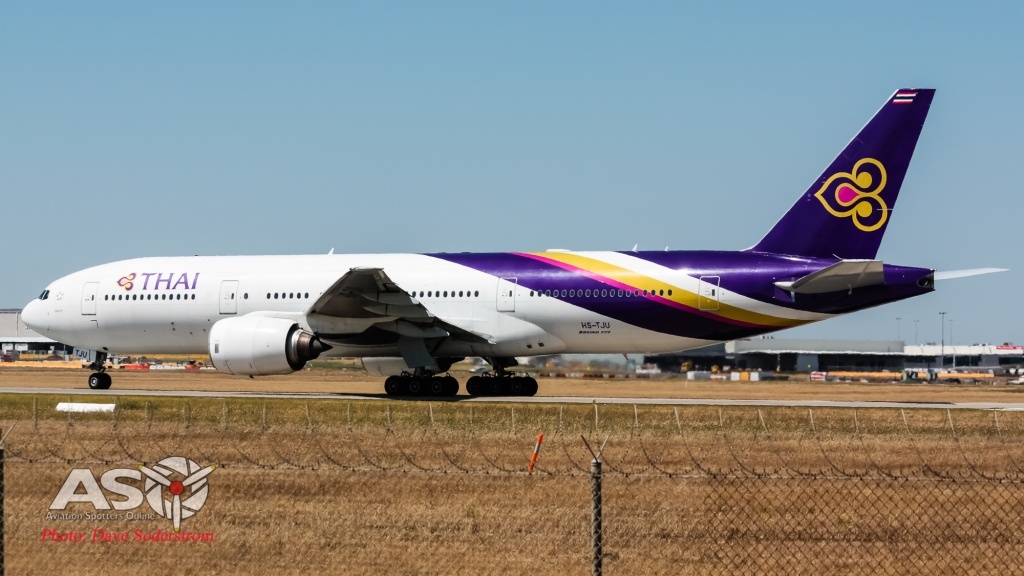











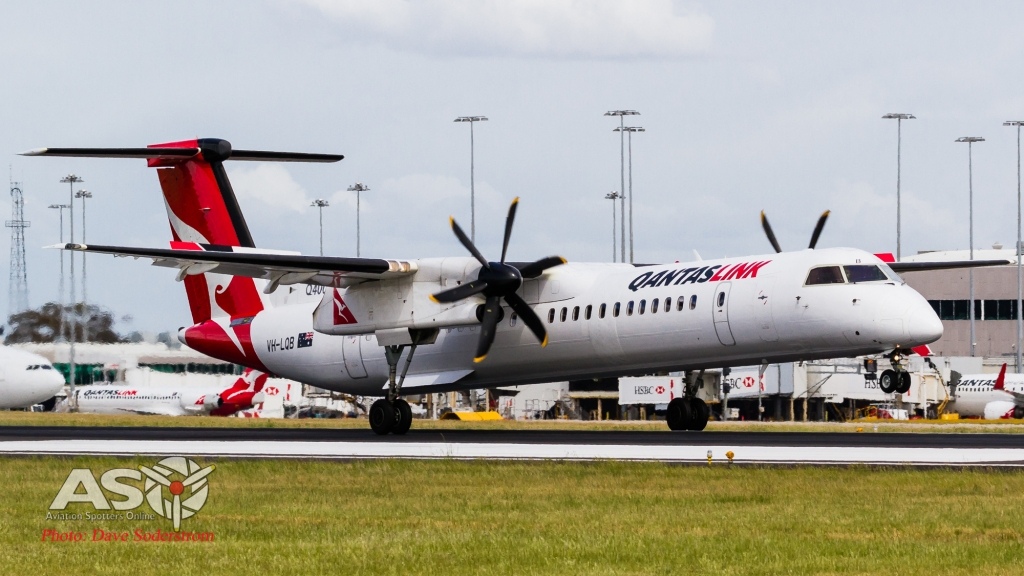





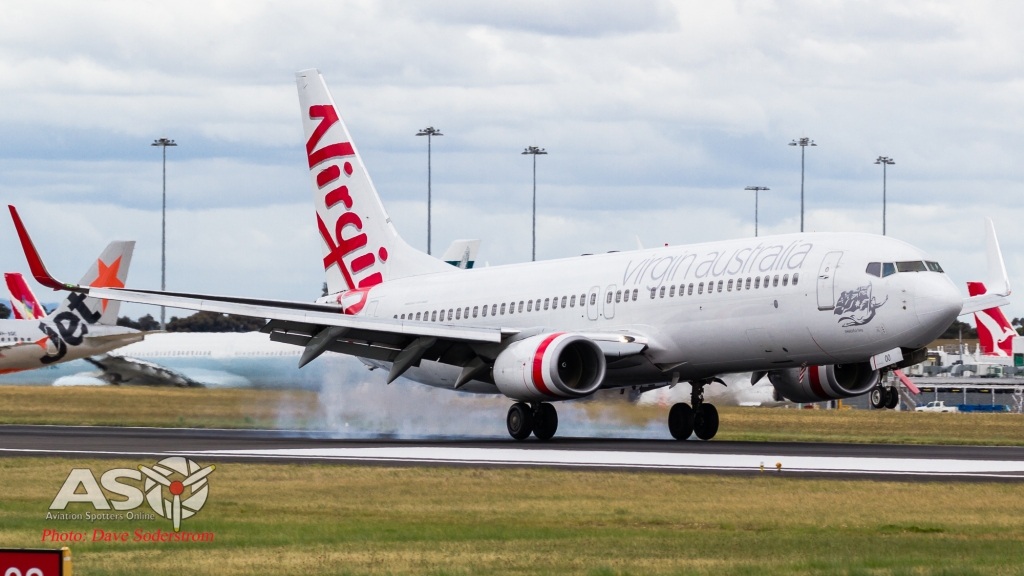


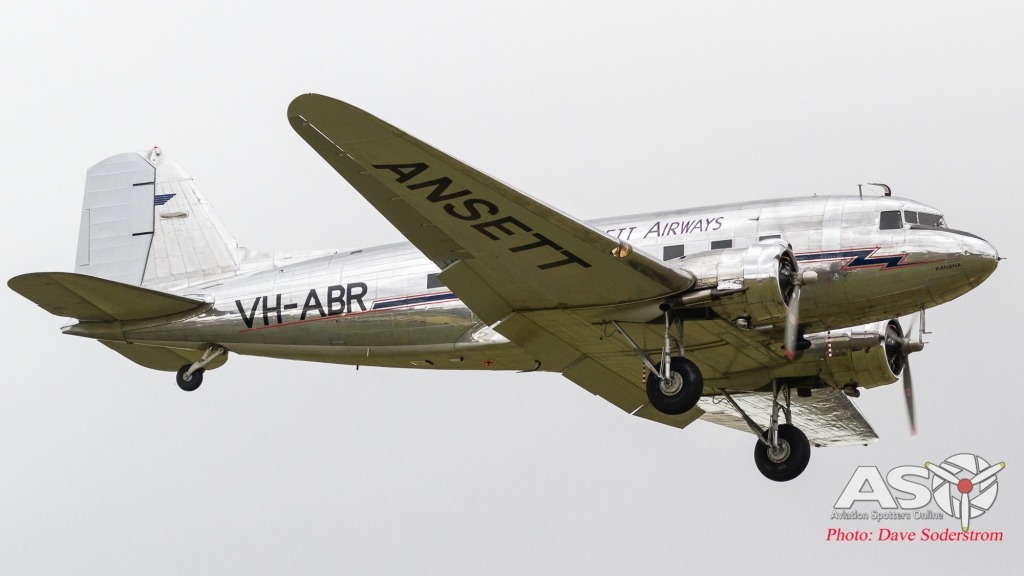






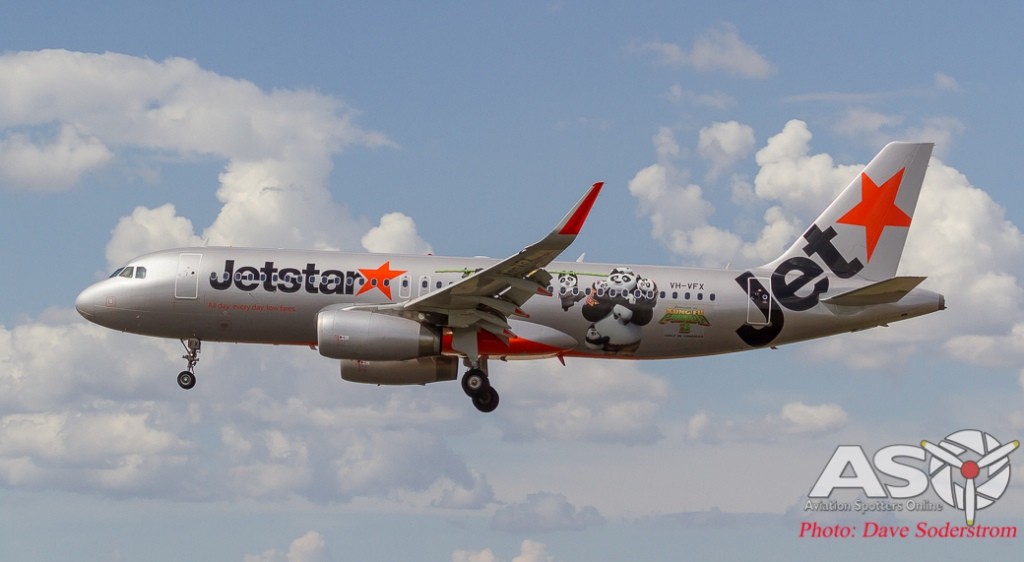






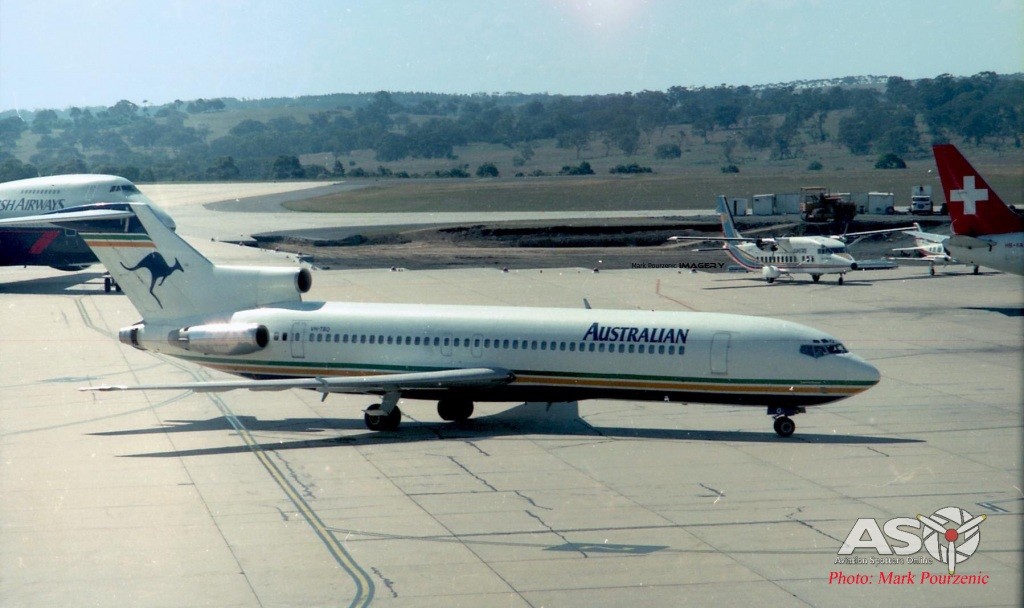
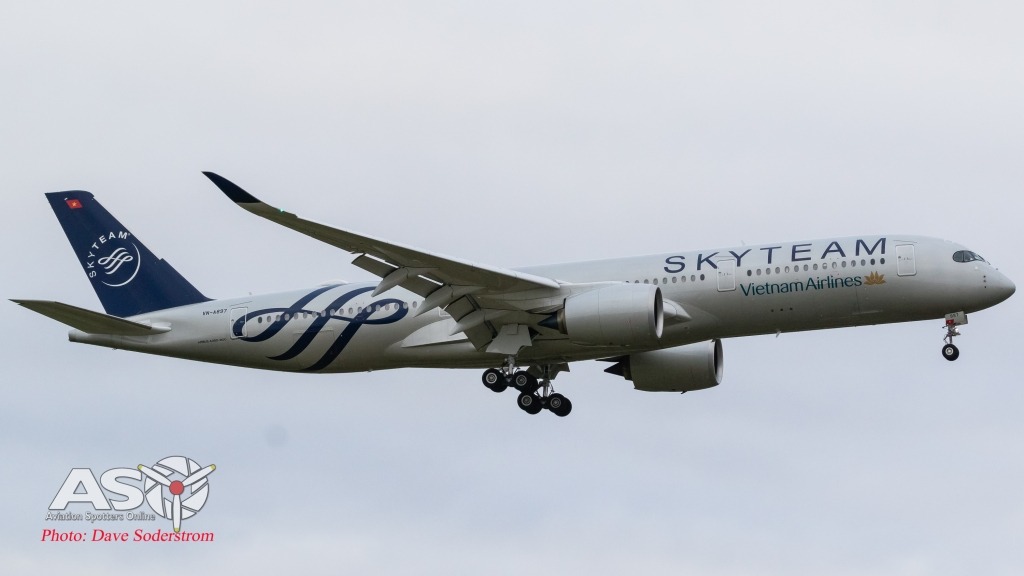




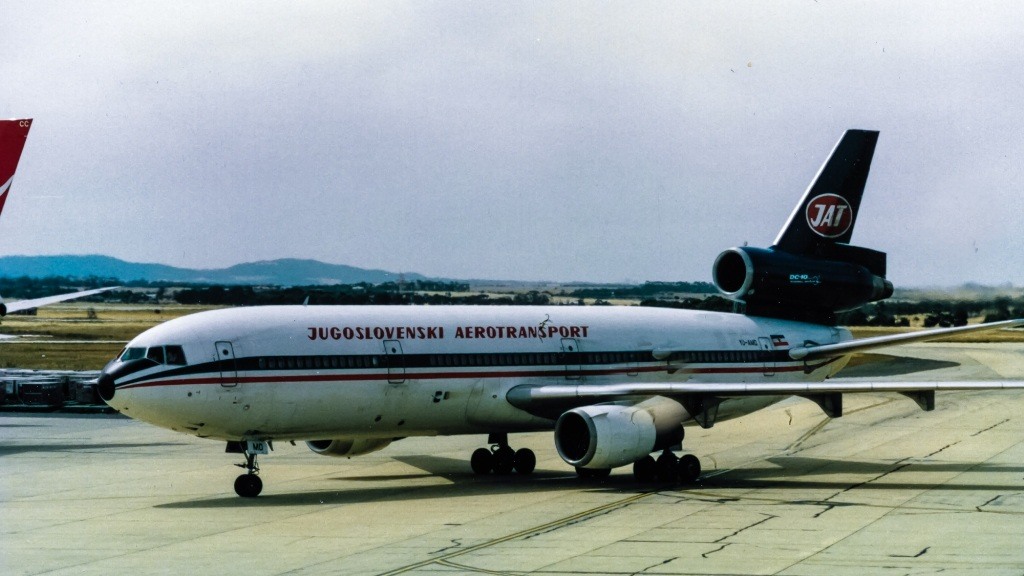
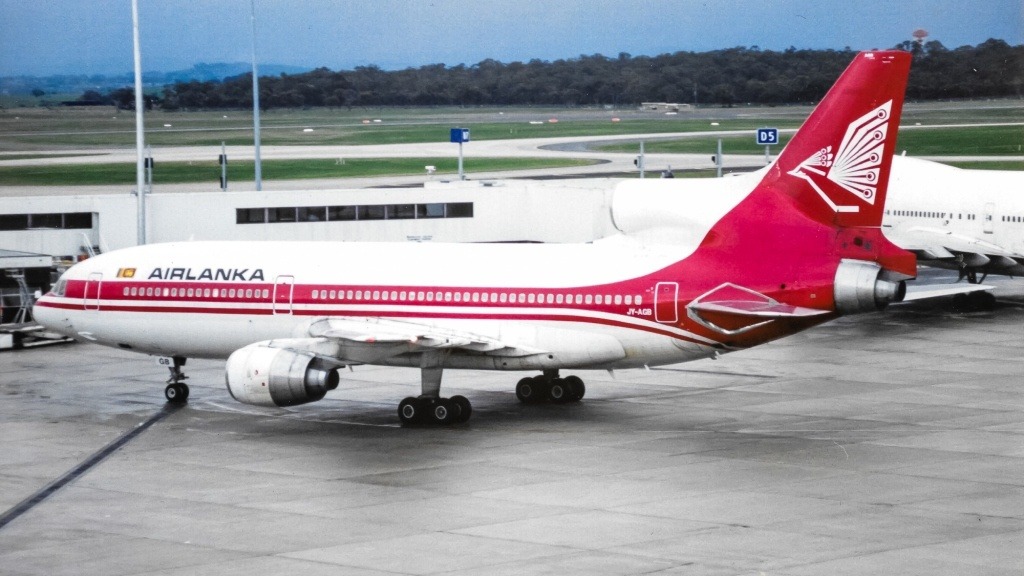


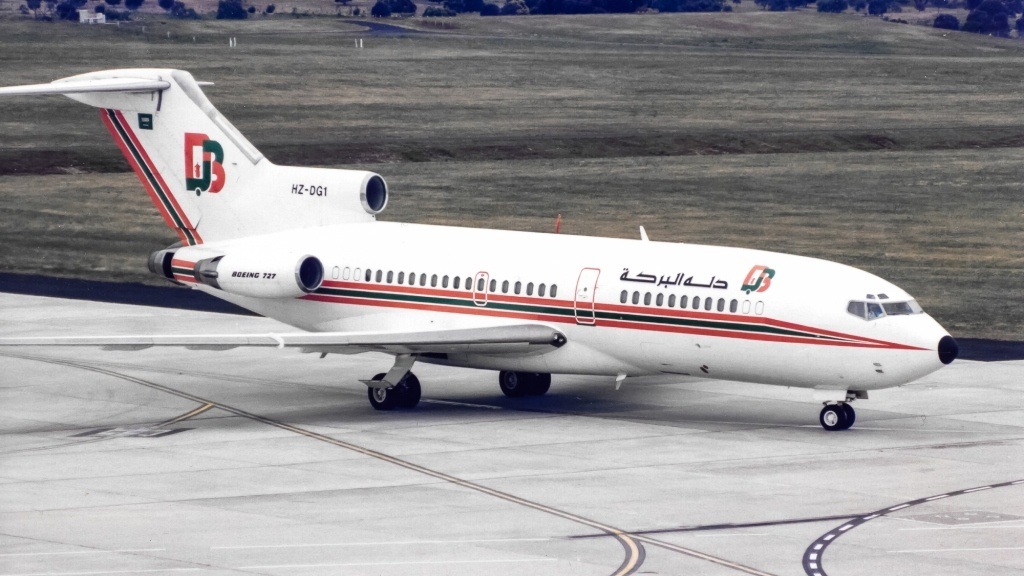

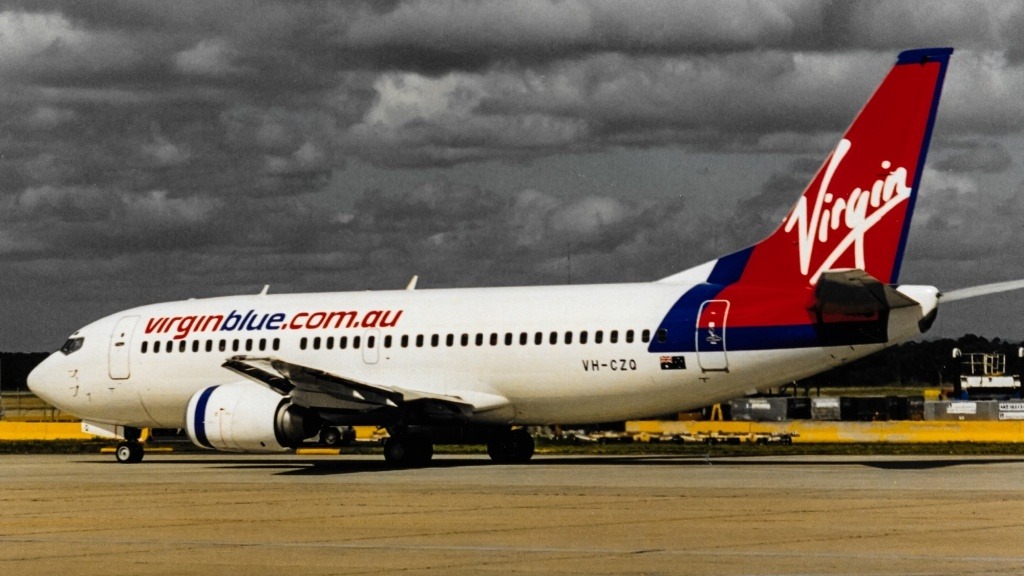







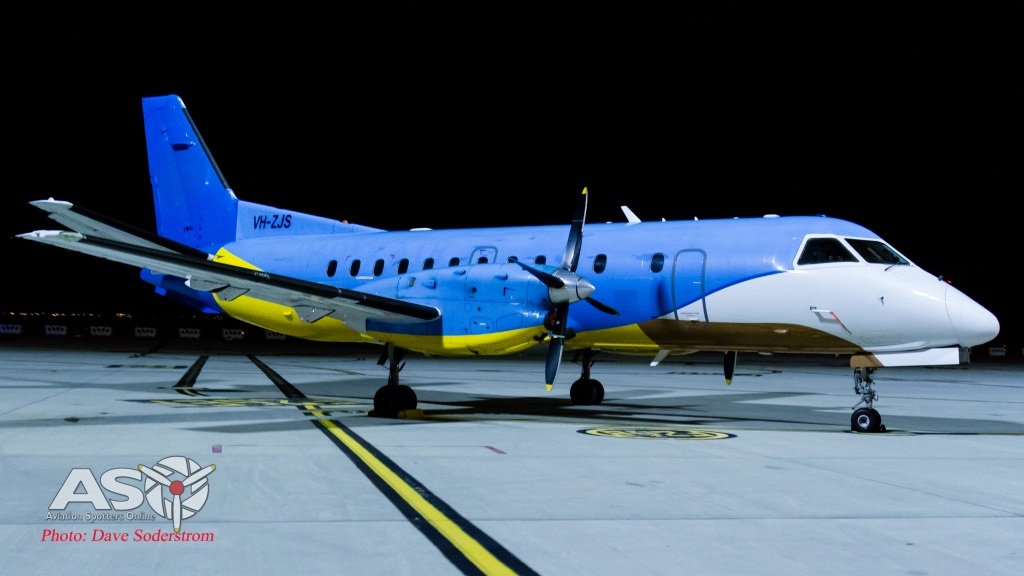

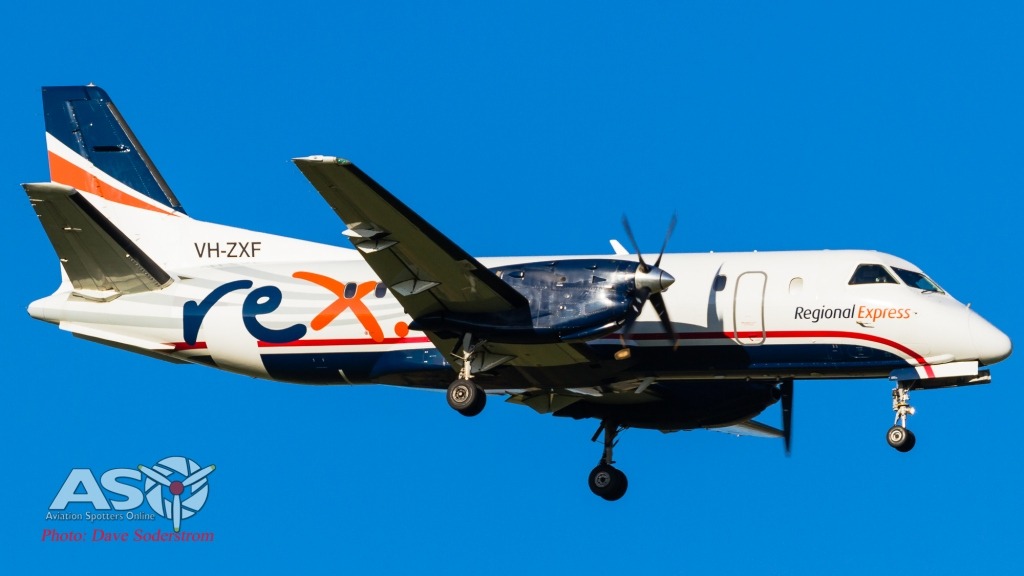



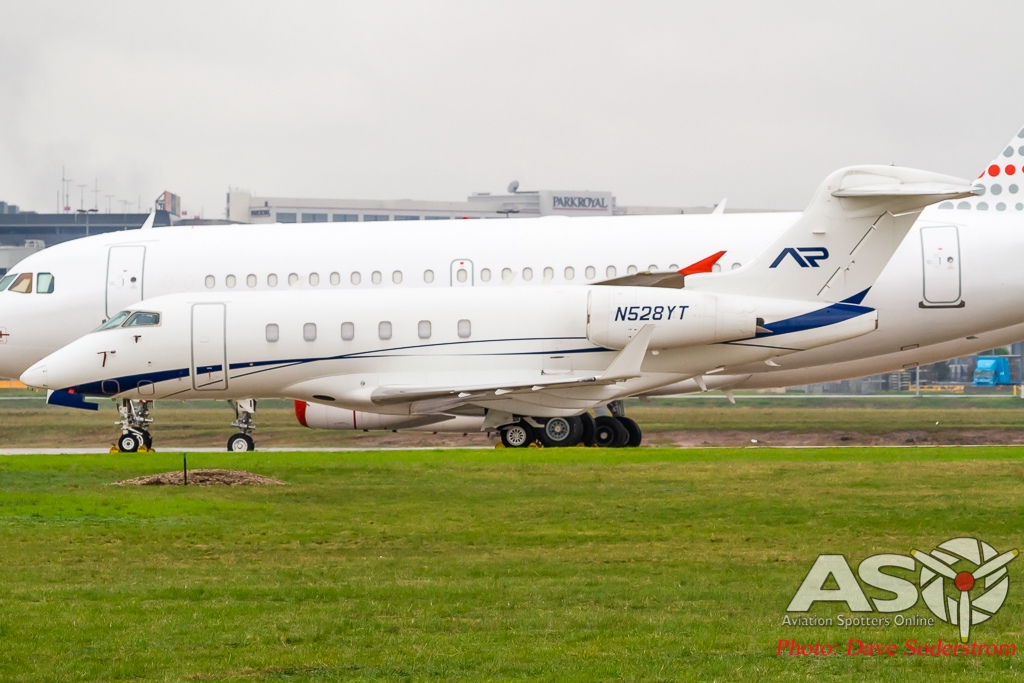

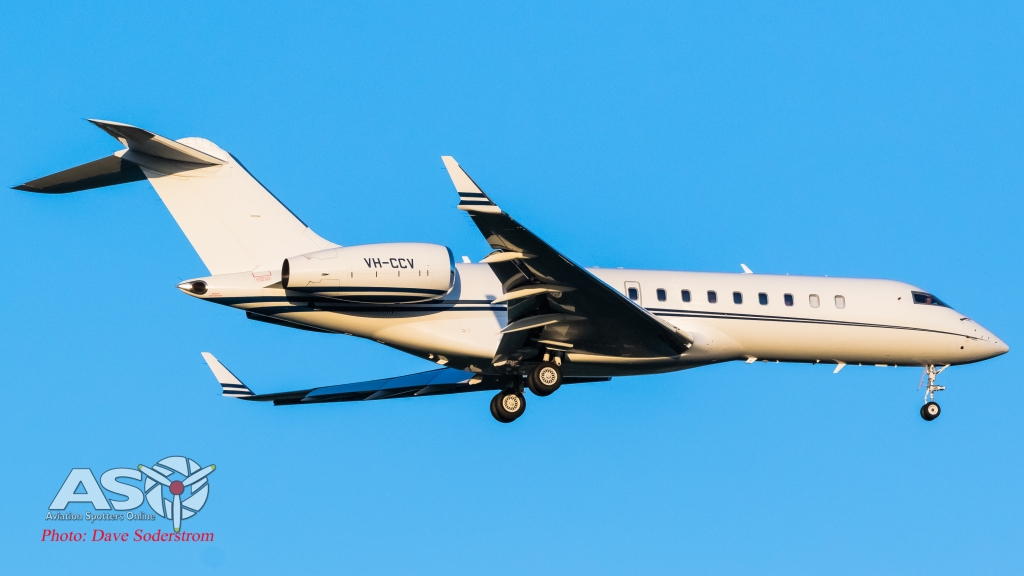


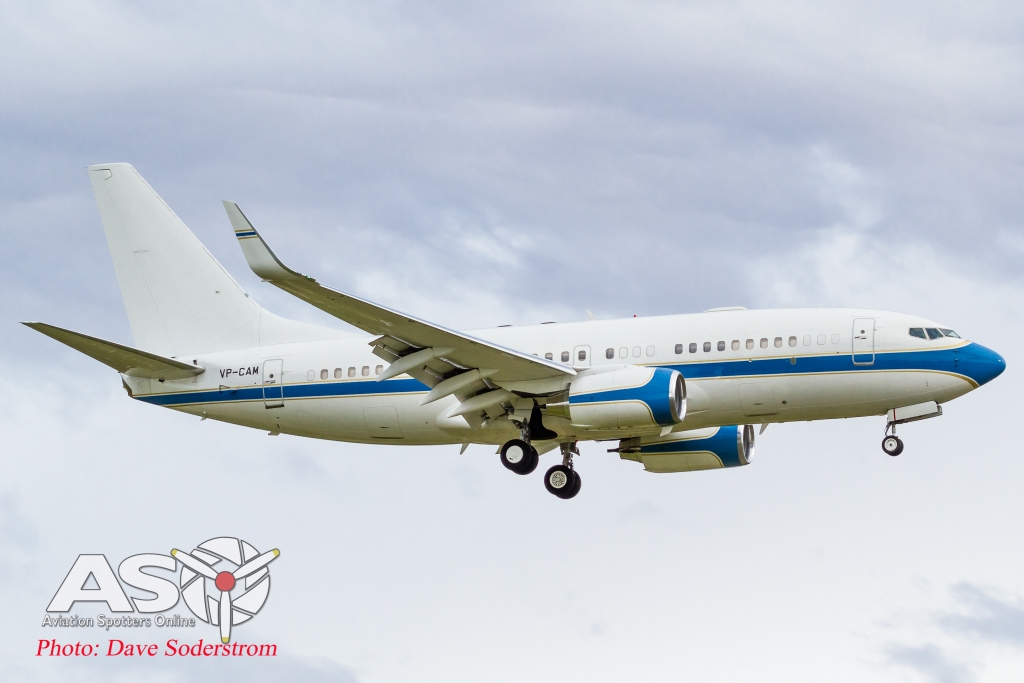





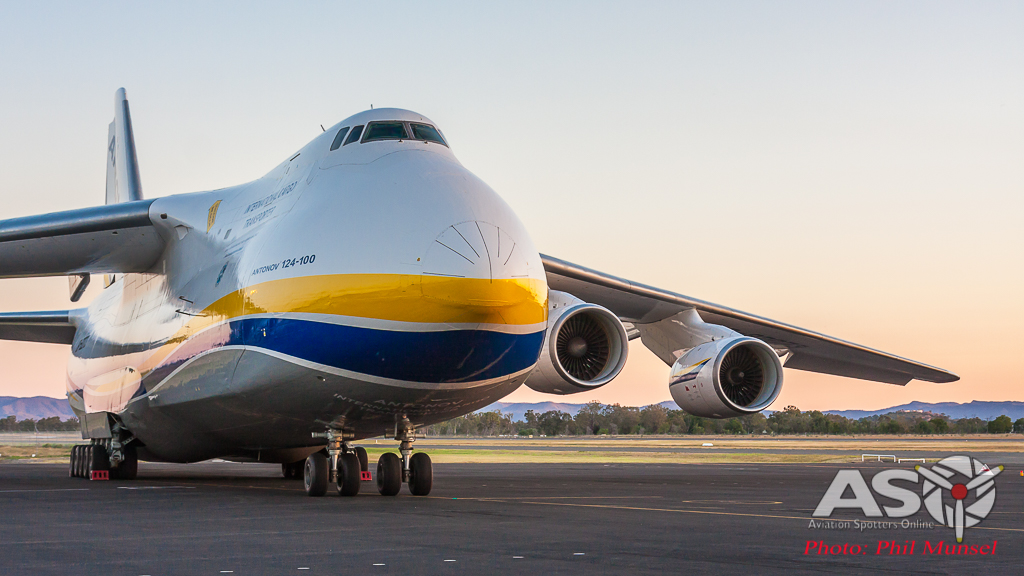


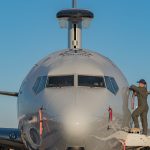



Very informative & interesting article.
Thank you for the time & effort in compiling it.
G’day Peter, thanks for taking the time to comment. I appreciate the feedback. Dave
Terrific article which I greatly enjoyed . Perhaps an addition to the incidents section could have included the gear up landing of Mirage A3-16 in 1974?
Great website for aviation lovers. I remember when living in London going to Heathrow on numerous occasions just to watch numerous aircraft take off and land. I particularly remember BA Concorde landing and taking off, such a beautiful aircraft. I also remember seeing one of the first 747’s land, and had wondered how on earth such a huge aircraft would land, and take off. I have been to many airshows in my time and have been in awe of some of the manoeuvres the pilots demonstrate. On a final note I have the rare distinction of being on the very first BOAC Boeing 747 ever to terminate at Tullamarine Airport, this was approx. 12th December 1971. The flight from Heathrow took 36 hours and about 6 stops!! If you have any photos of this aircraft or landing I would really appreciate it.
Just an add on from my previous post. The BOAC flight number BA802 and terminated at Tullamarine on 27/11/1971, our seats were 41A and 41B